The 2021 BMW 128ti is a performance-oriented version of the third-generation (F40) 1 Series. The 2021 128ti slots between the 120i and the M135i xDrive models in terms of equipment and performance. It borrows some styling features from the range-topping M135i xDrive, but its 2.0-liter four-cylinder engine is detuned from 302 to 261 horsepower. It's also a rear-wheel-drive model with no option for an AWD system.
More importantly, the 128ti revives the iconic "ti" badge that BMW first introduced in the 1960s and used most recently in 2004. Let's find out more about it in the review below.
2021 BMW 128ti
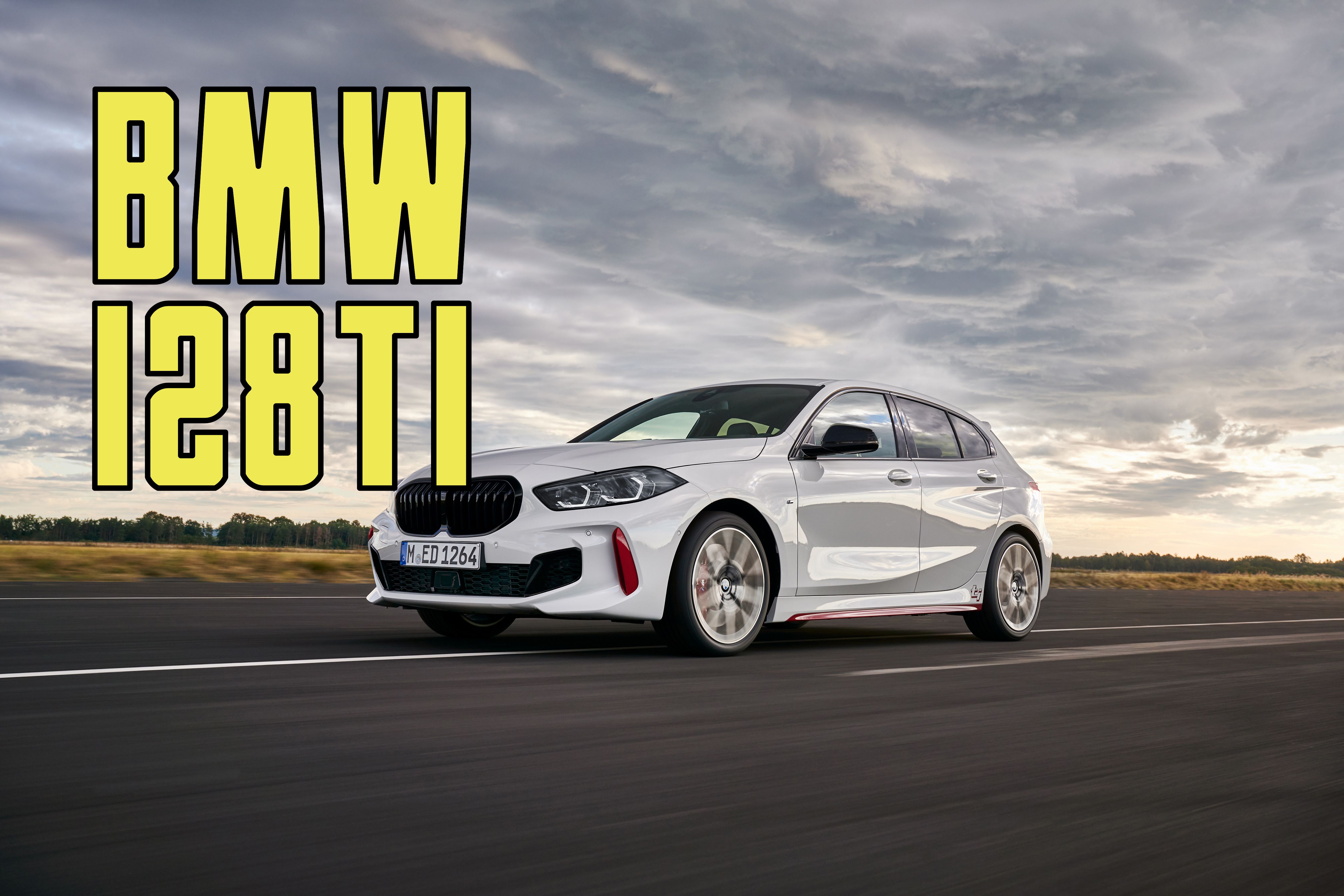

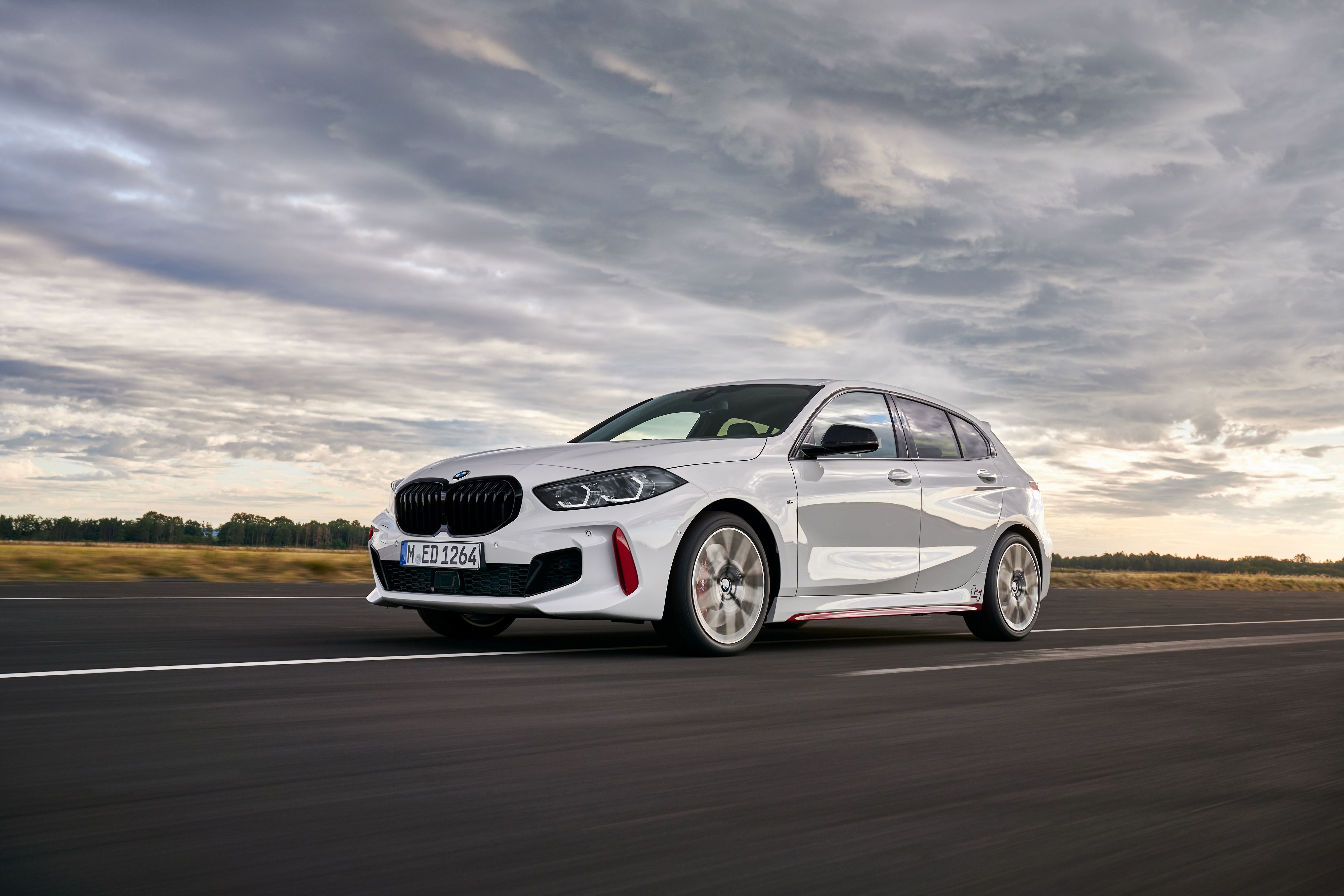
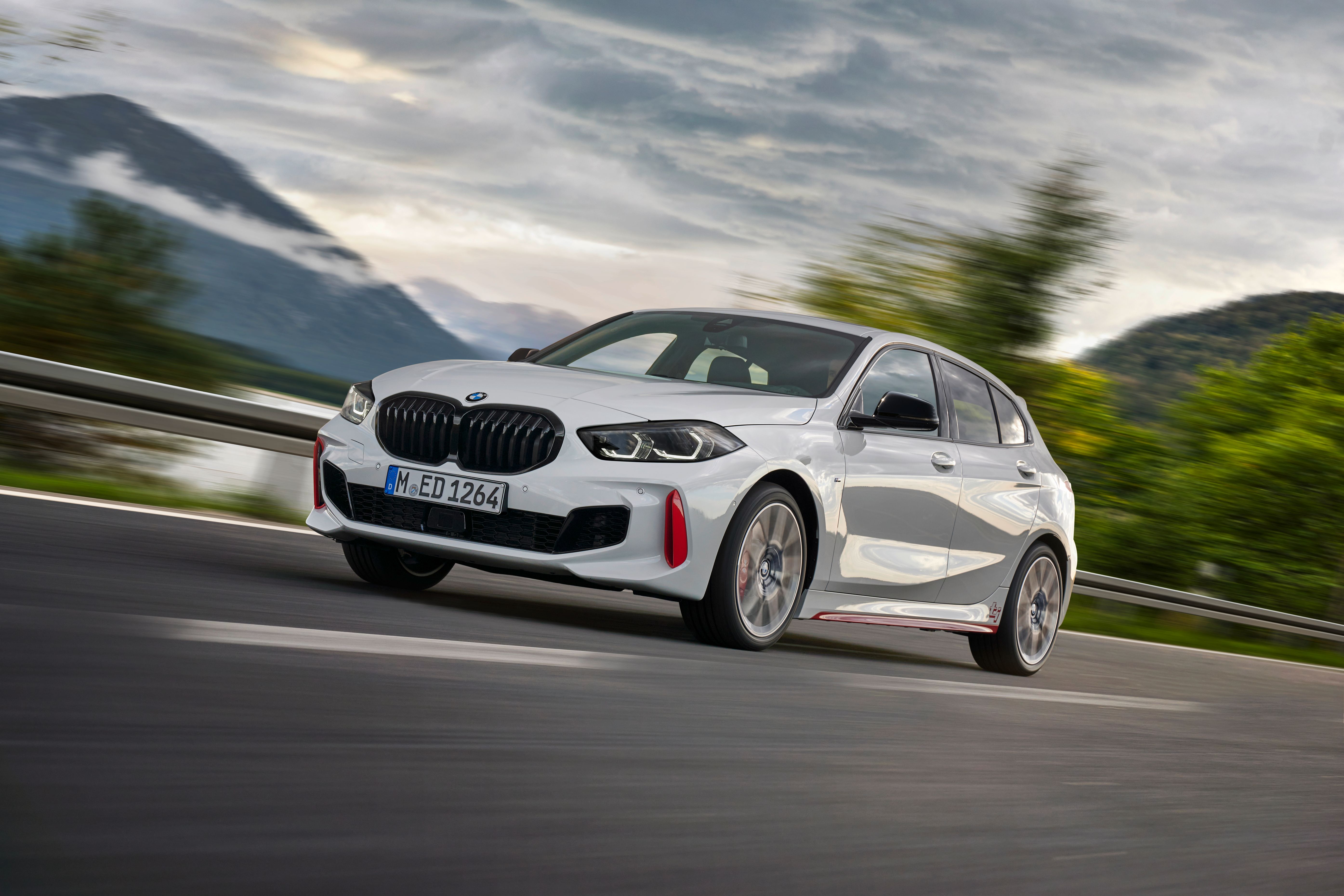
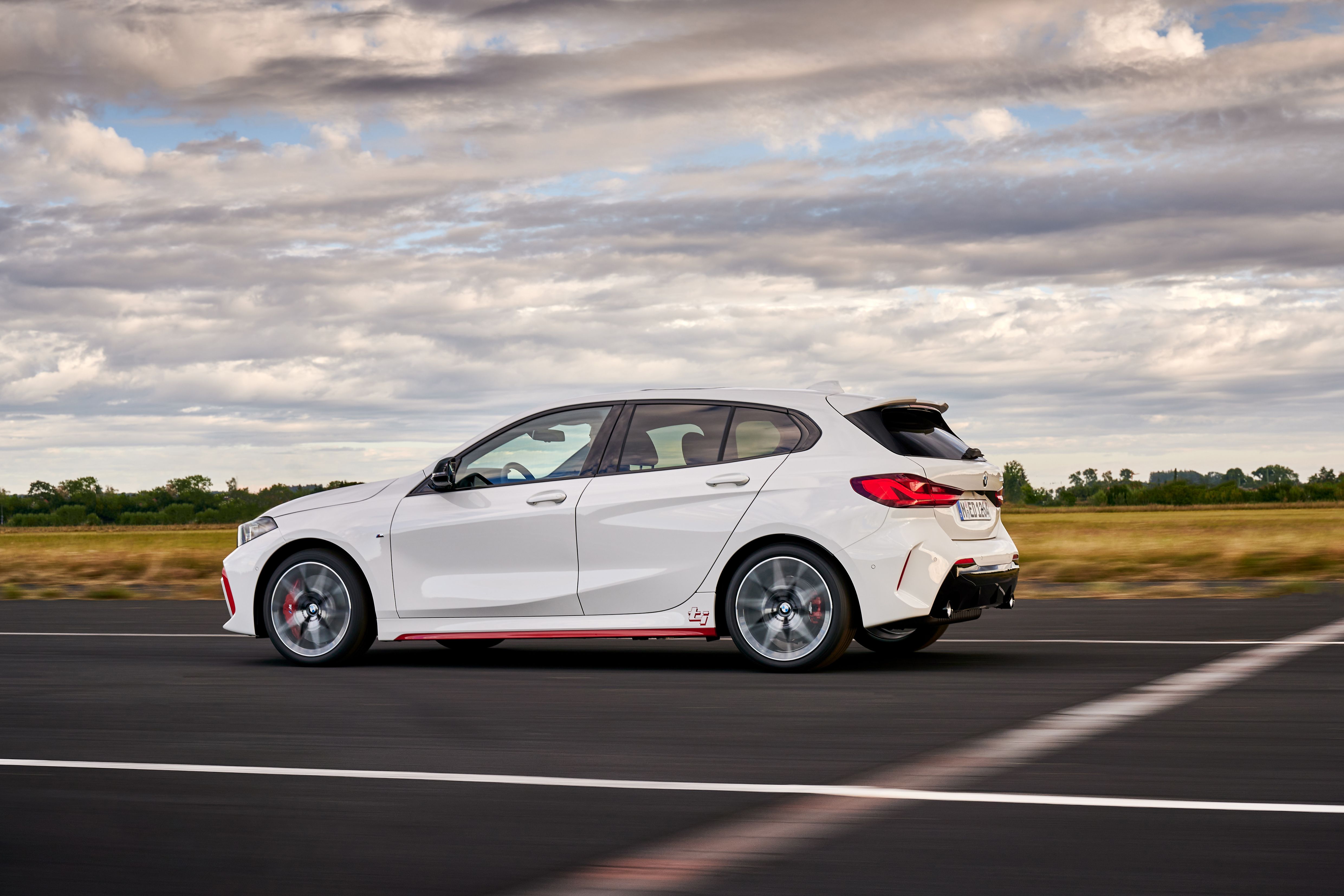

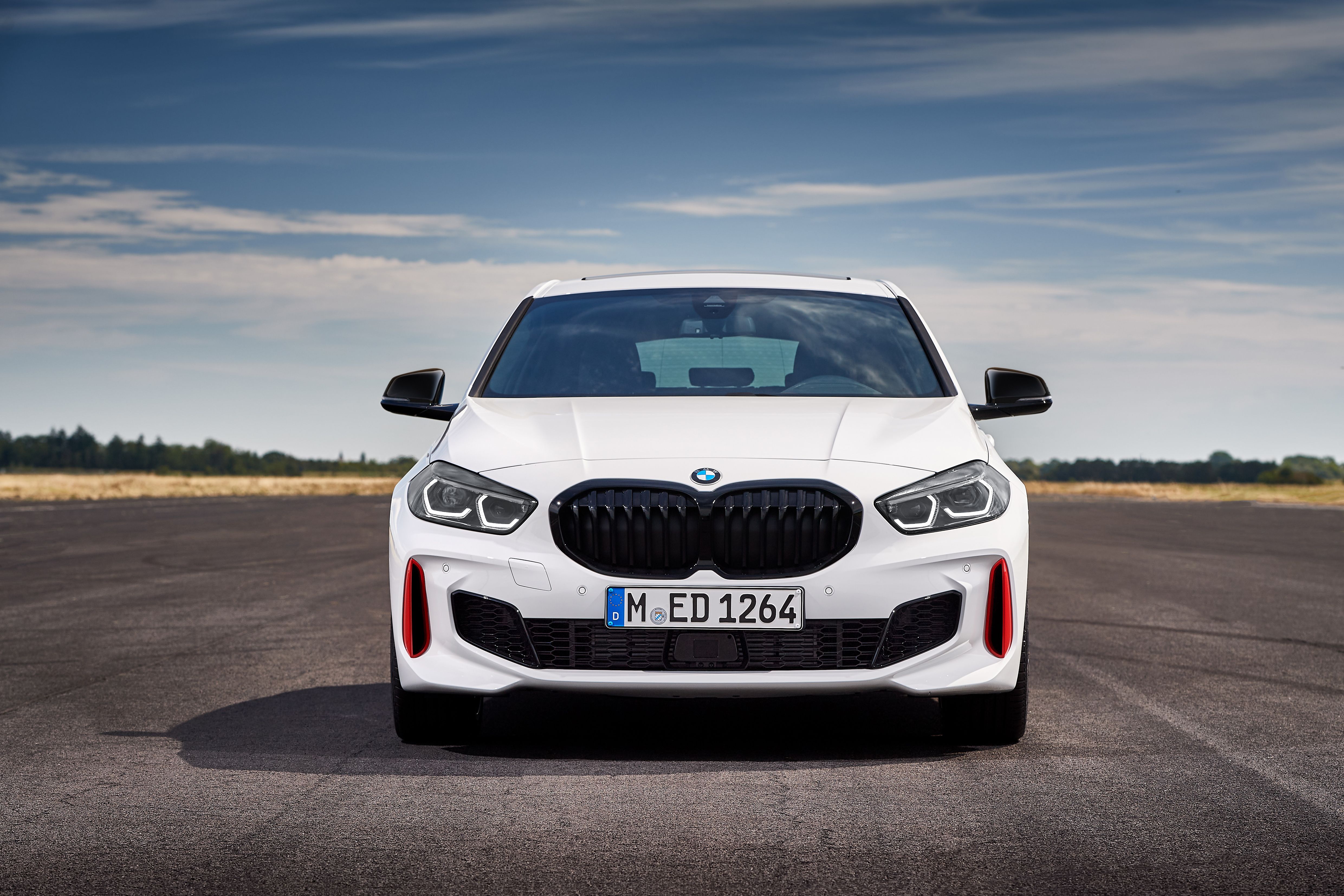
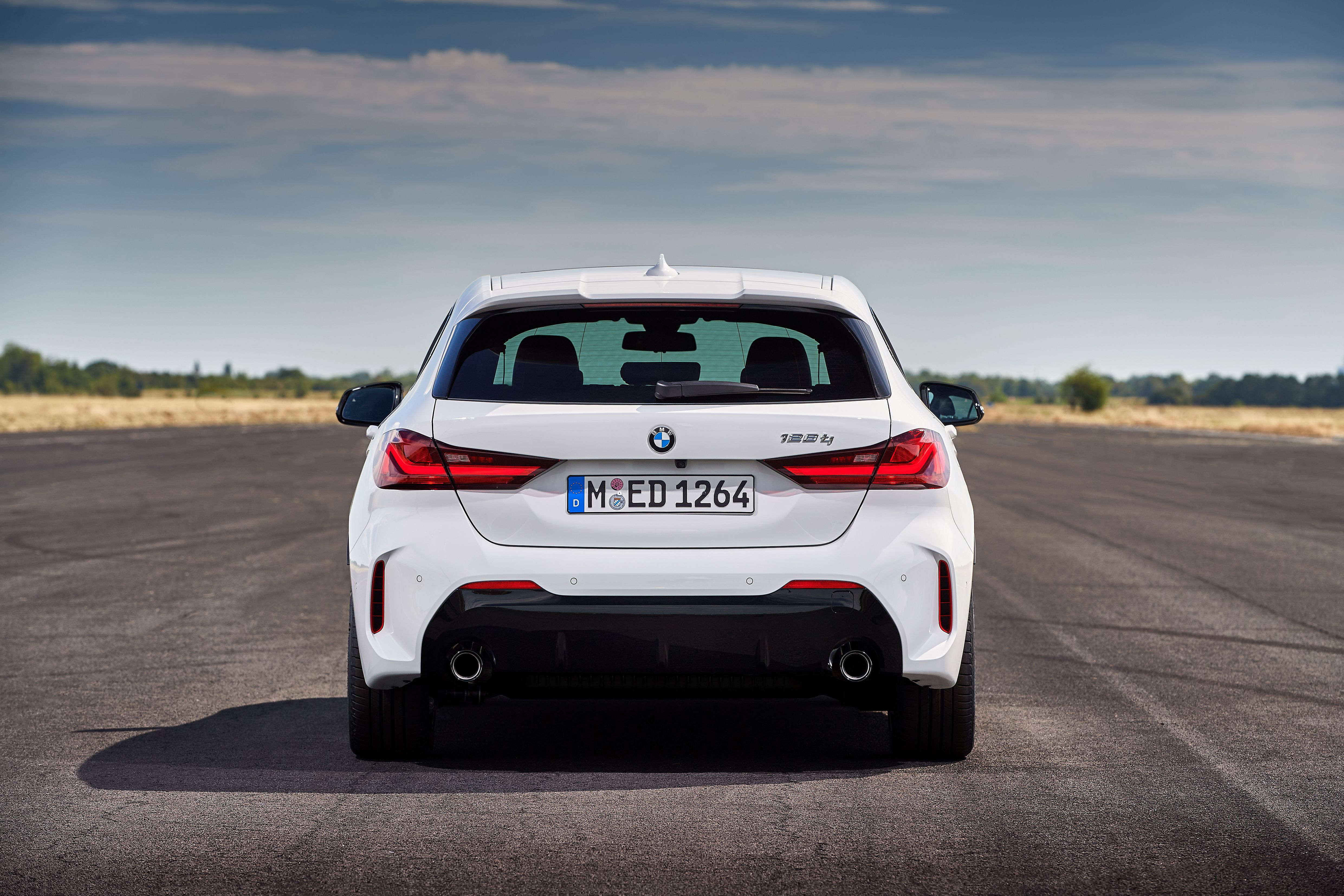
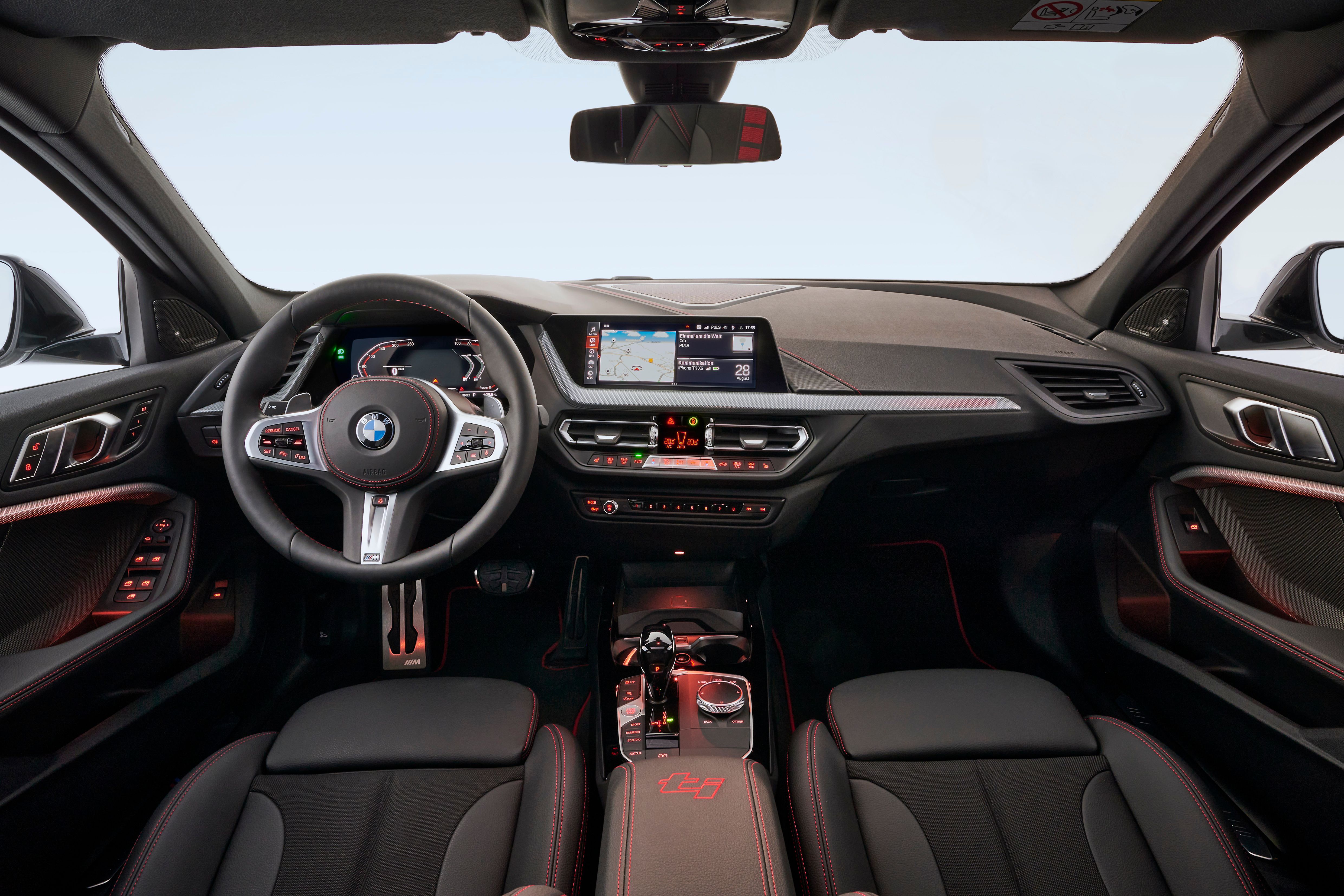
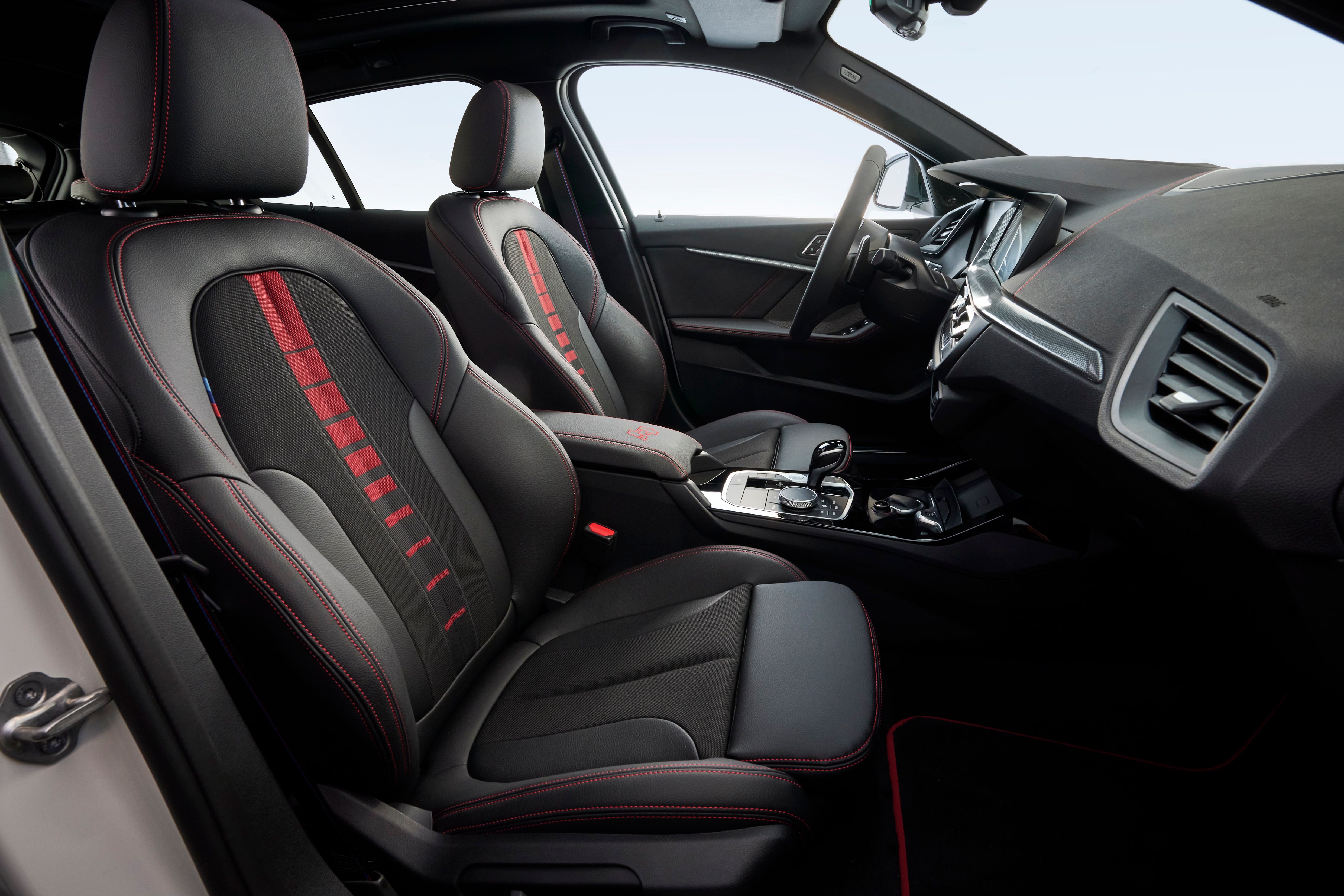
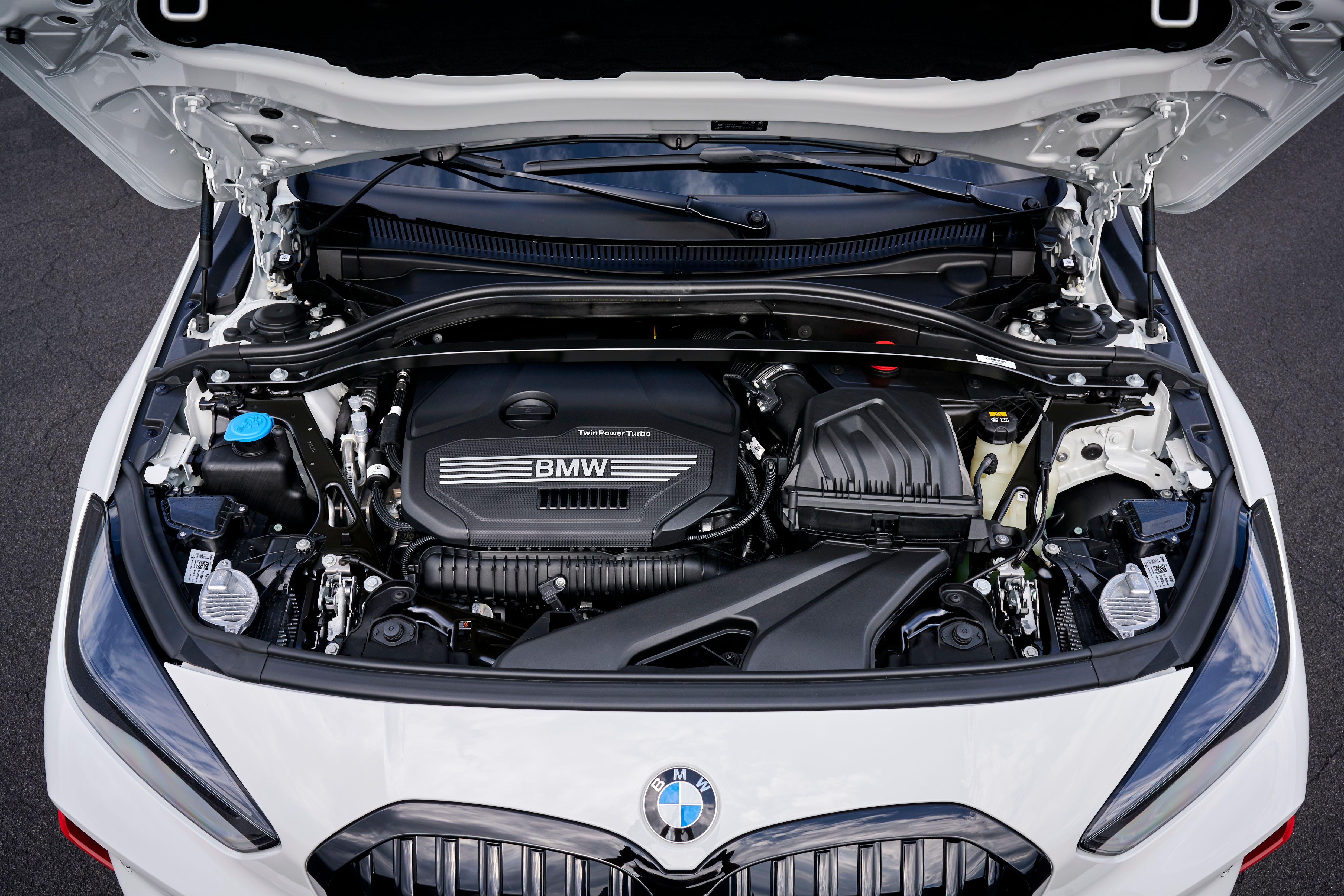
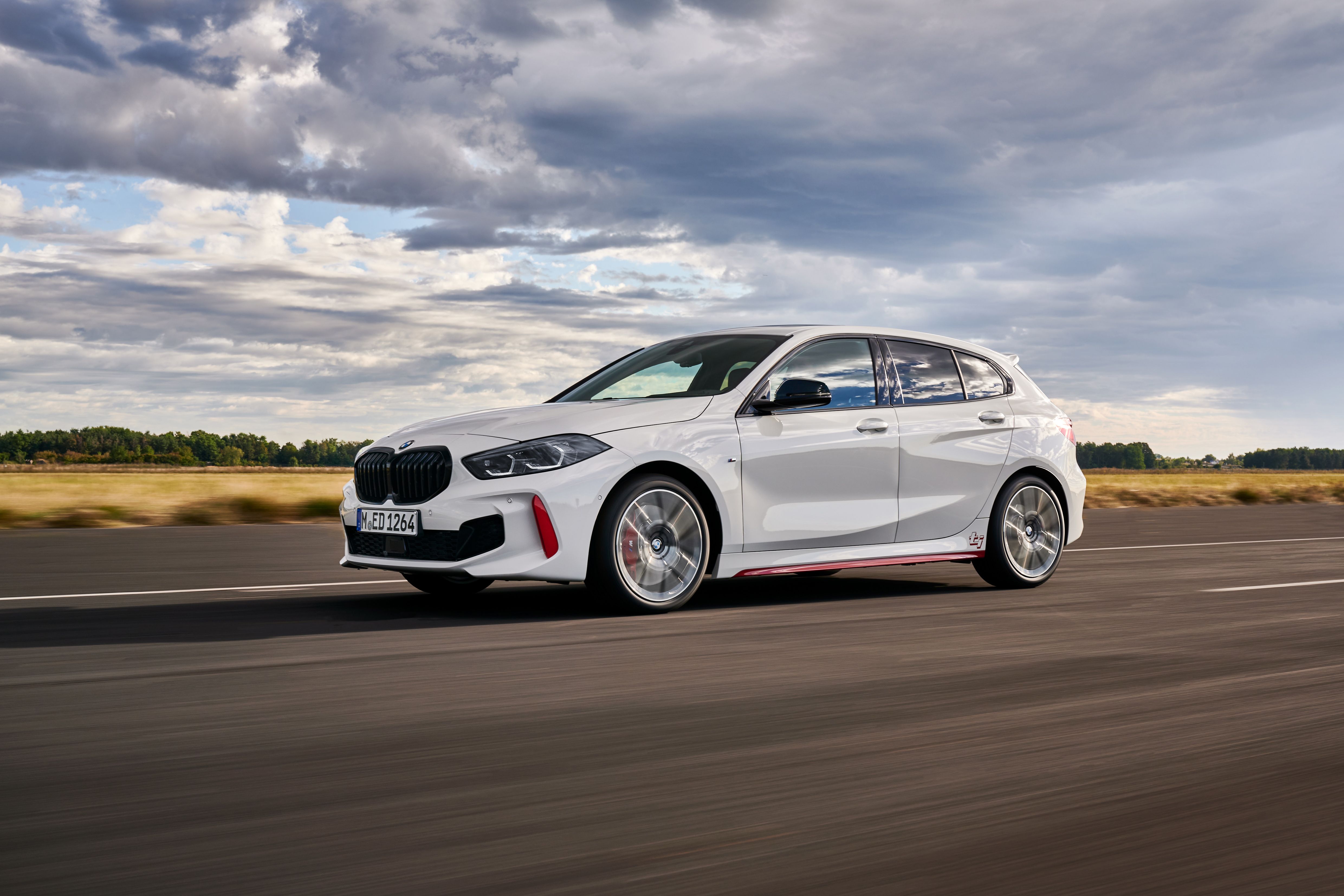
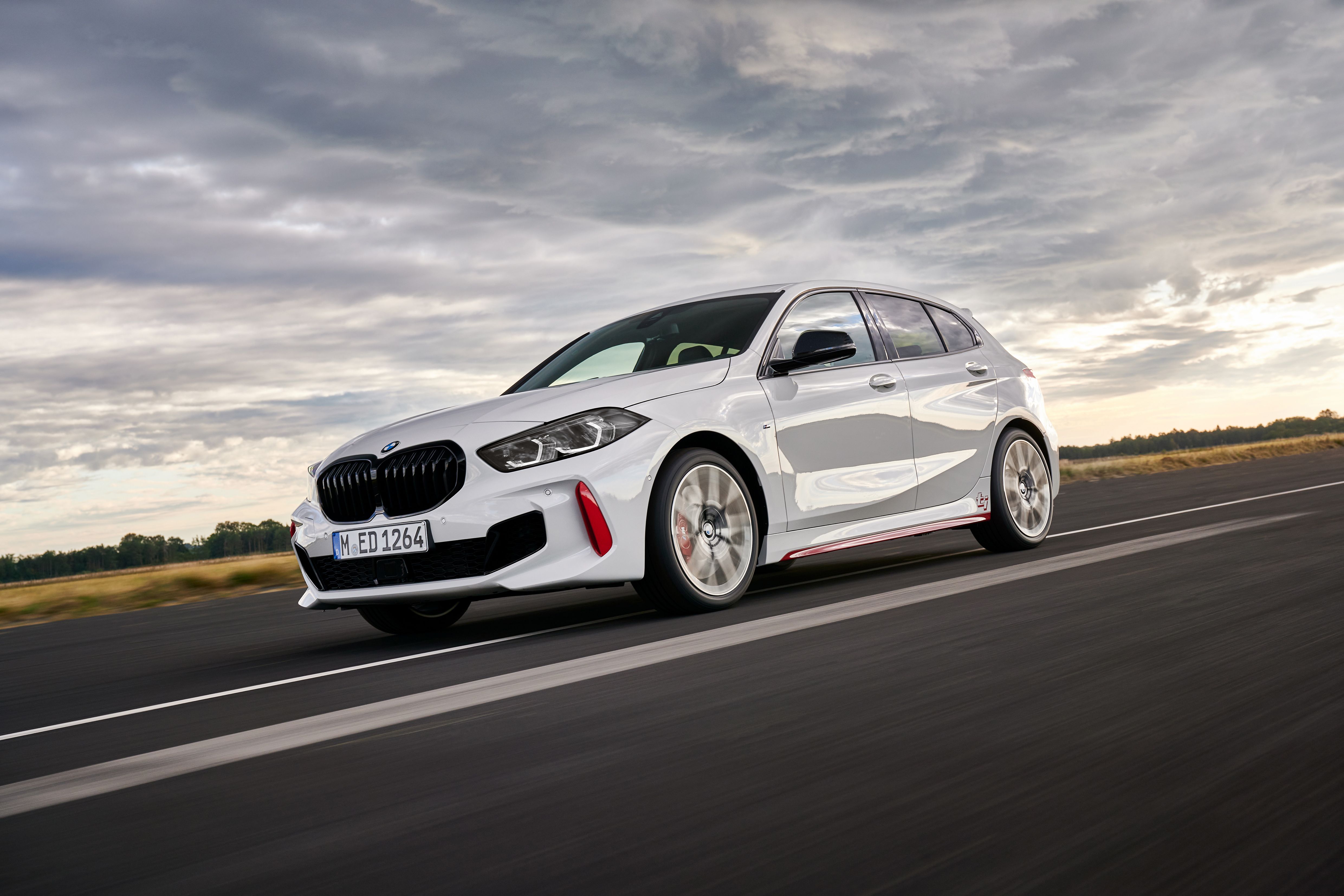
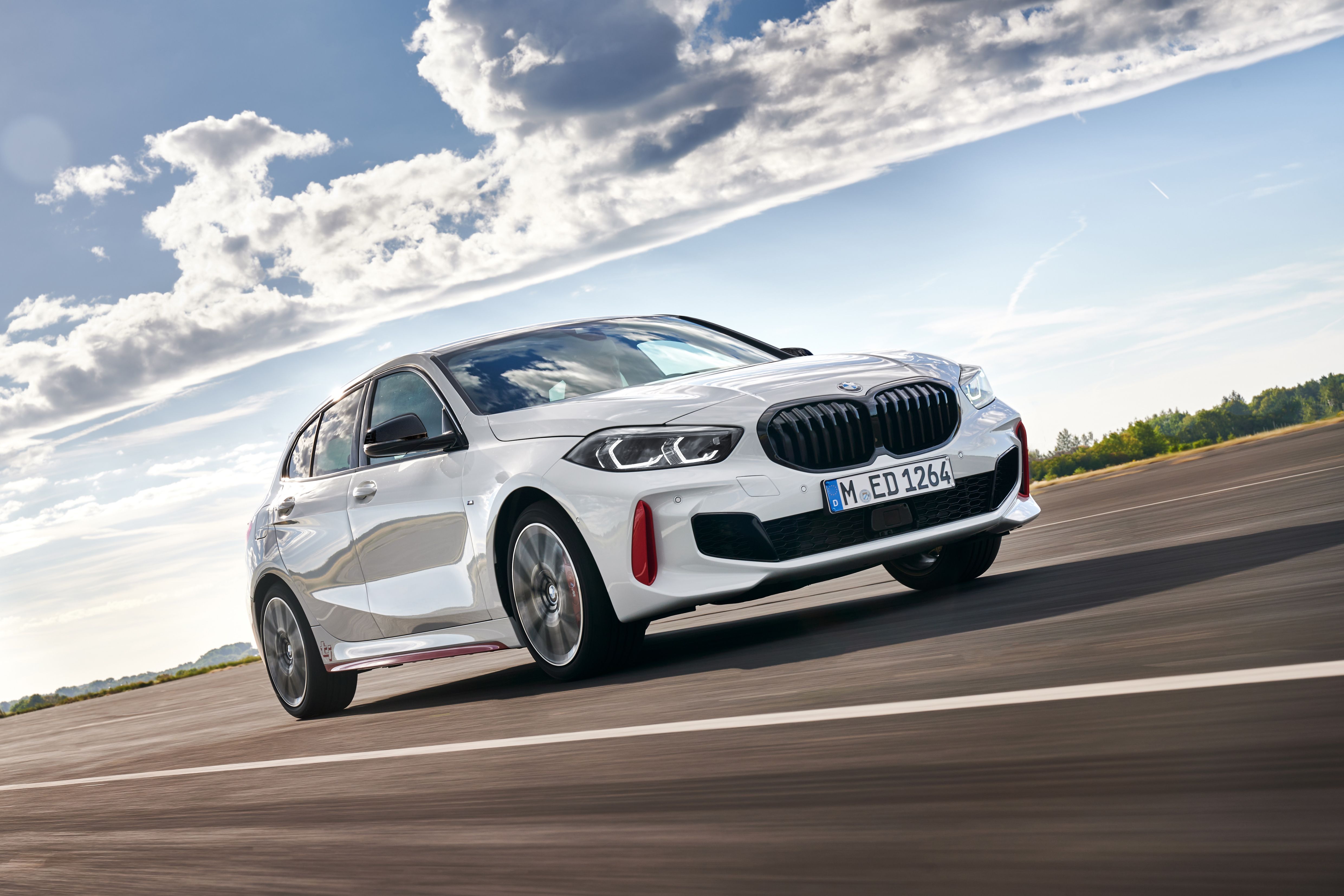
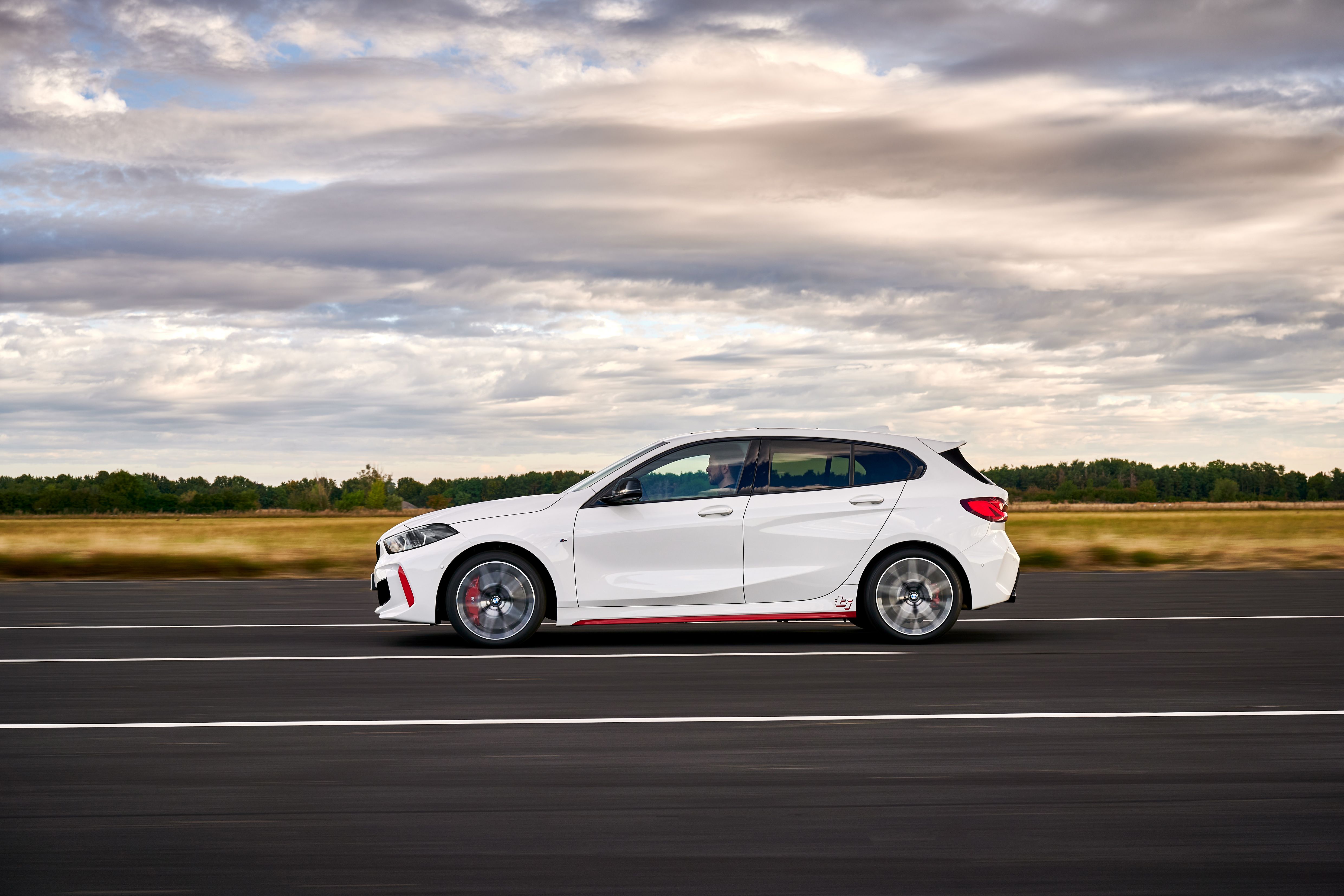
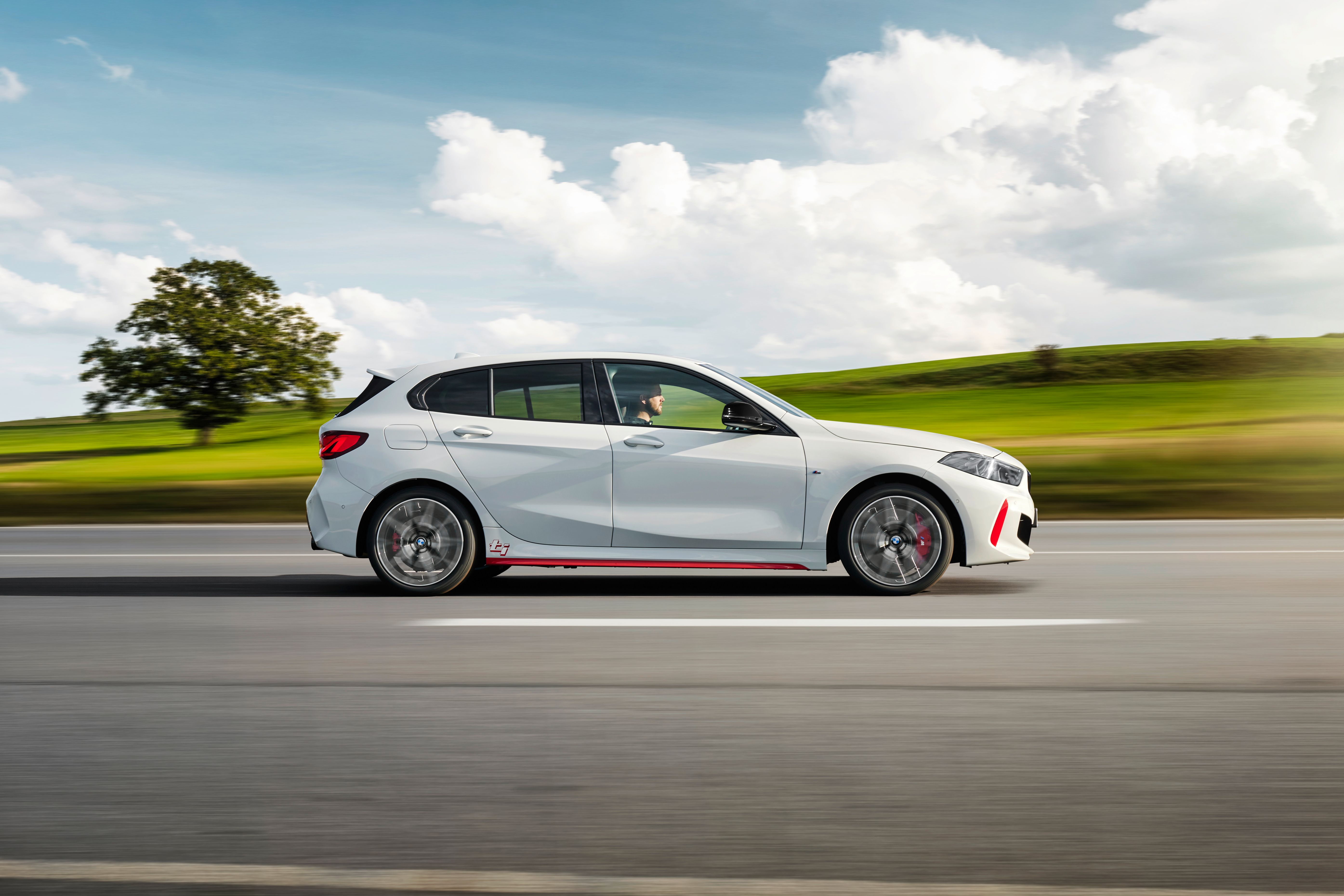
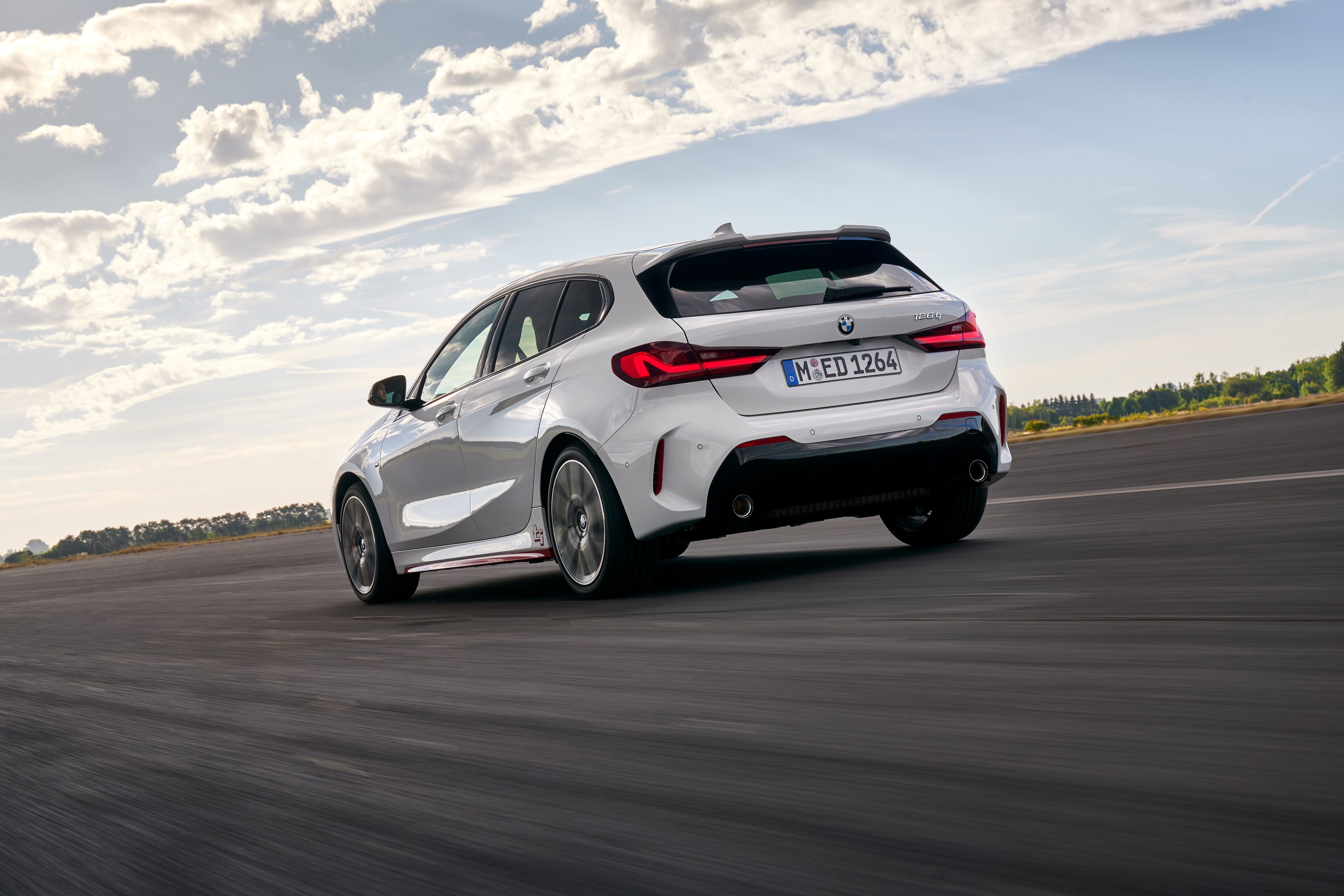
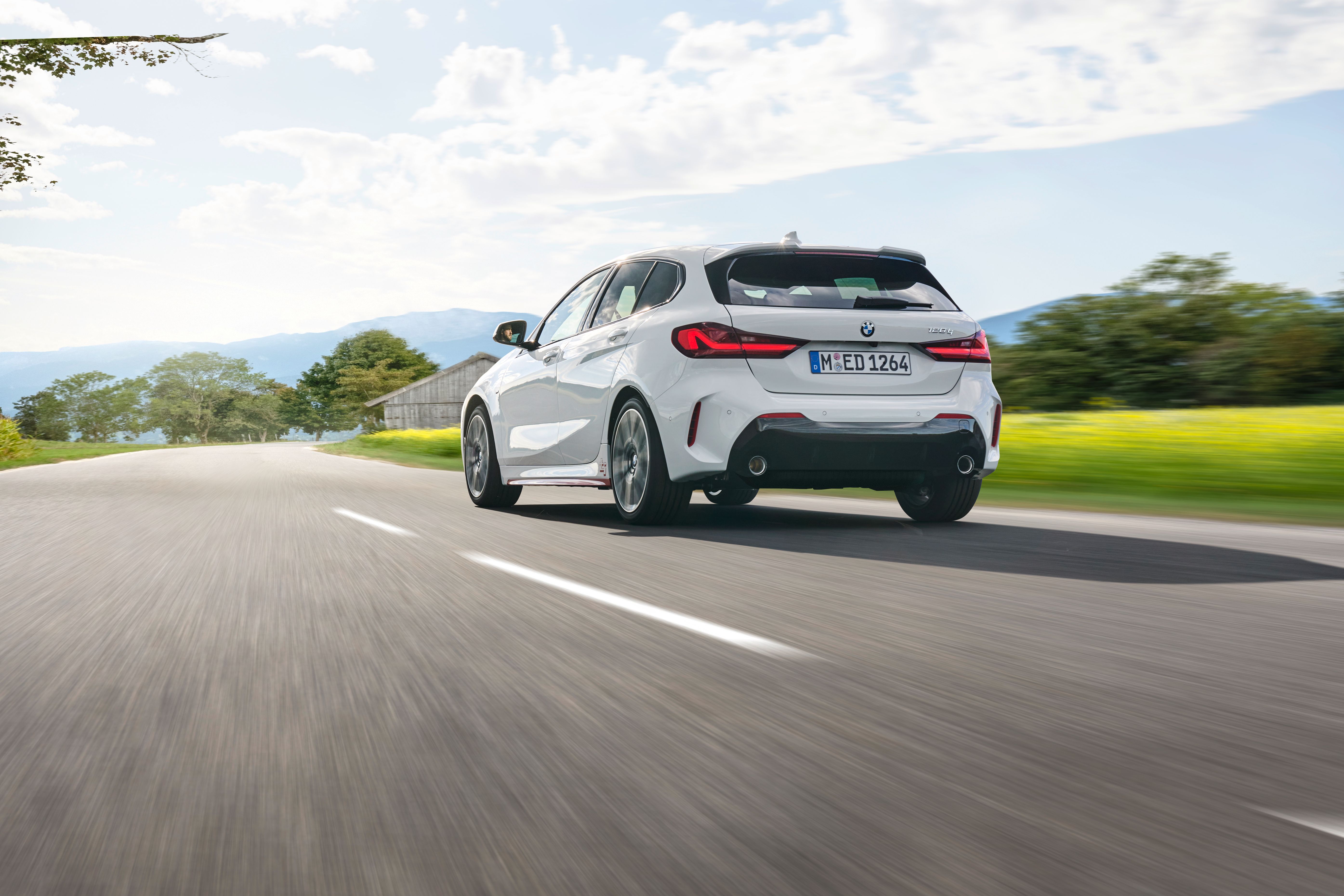
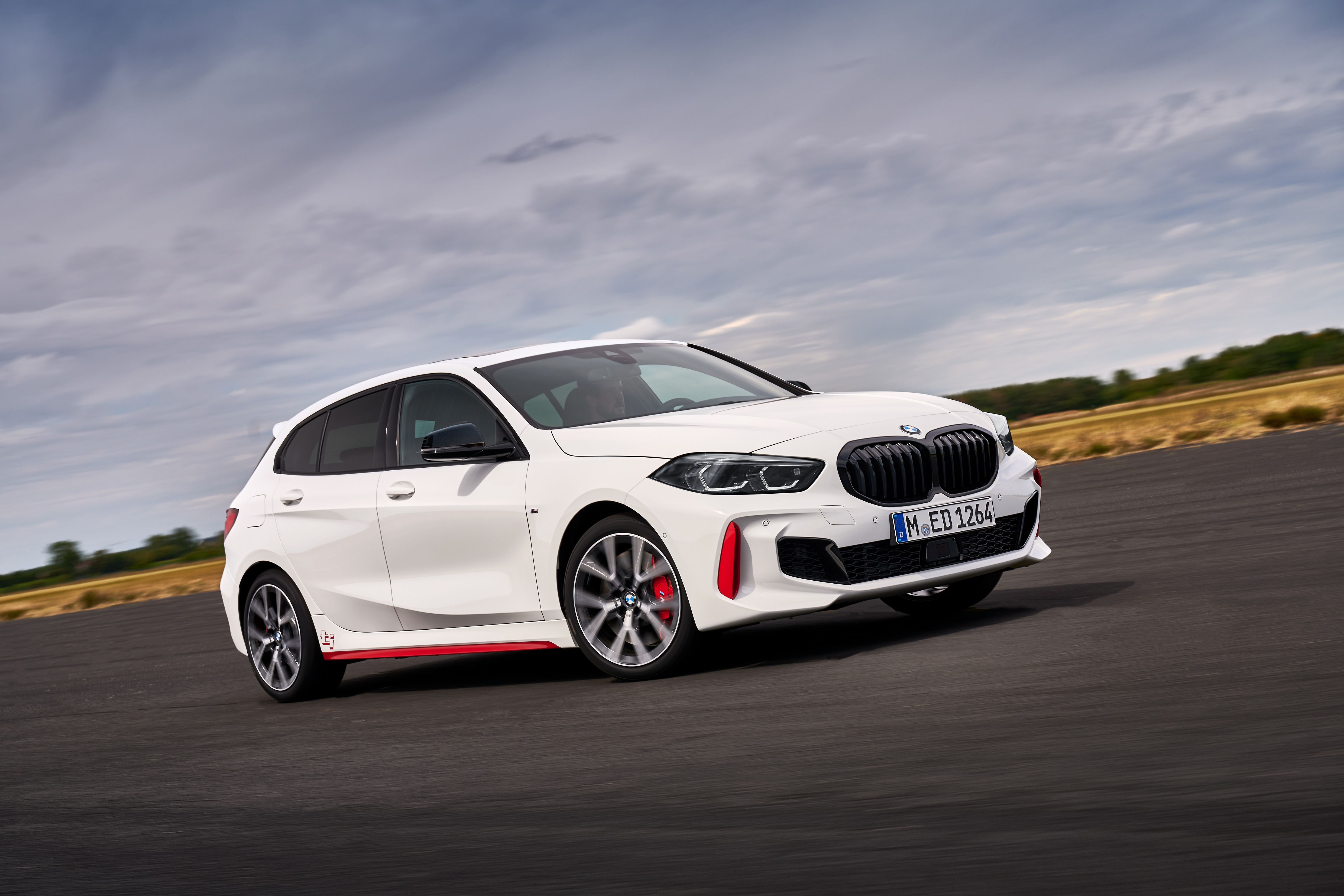
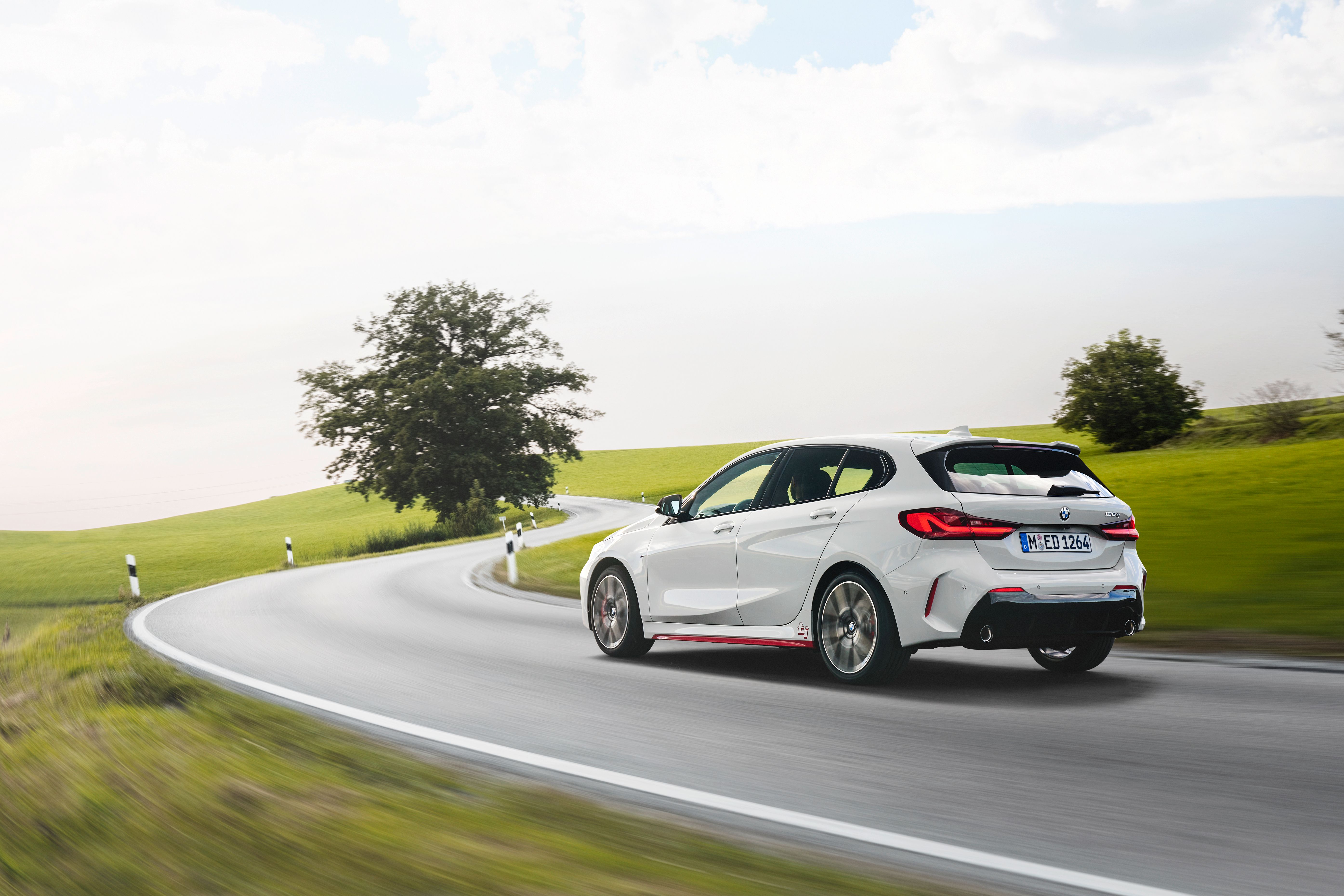
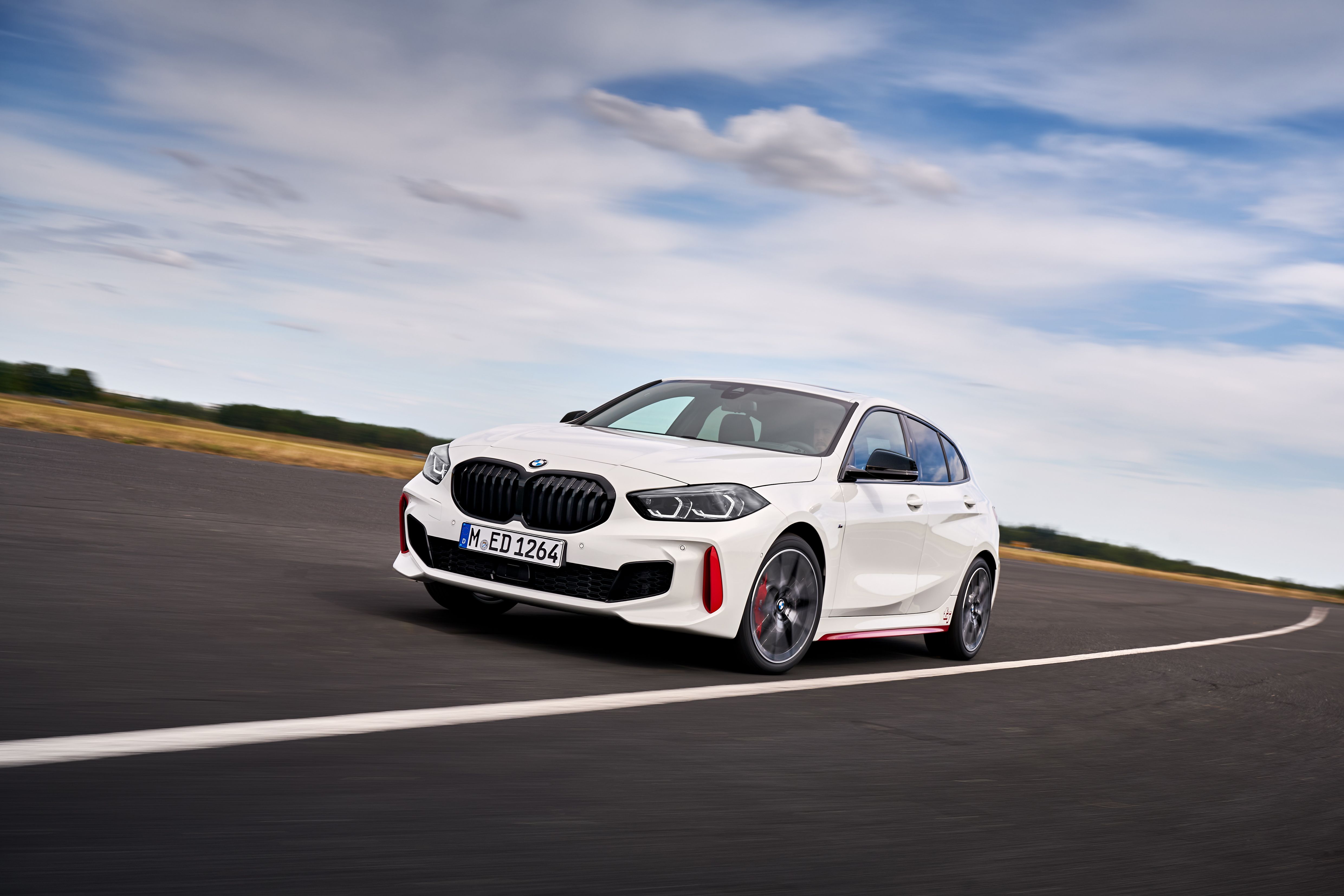
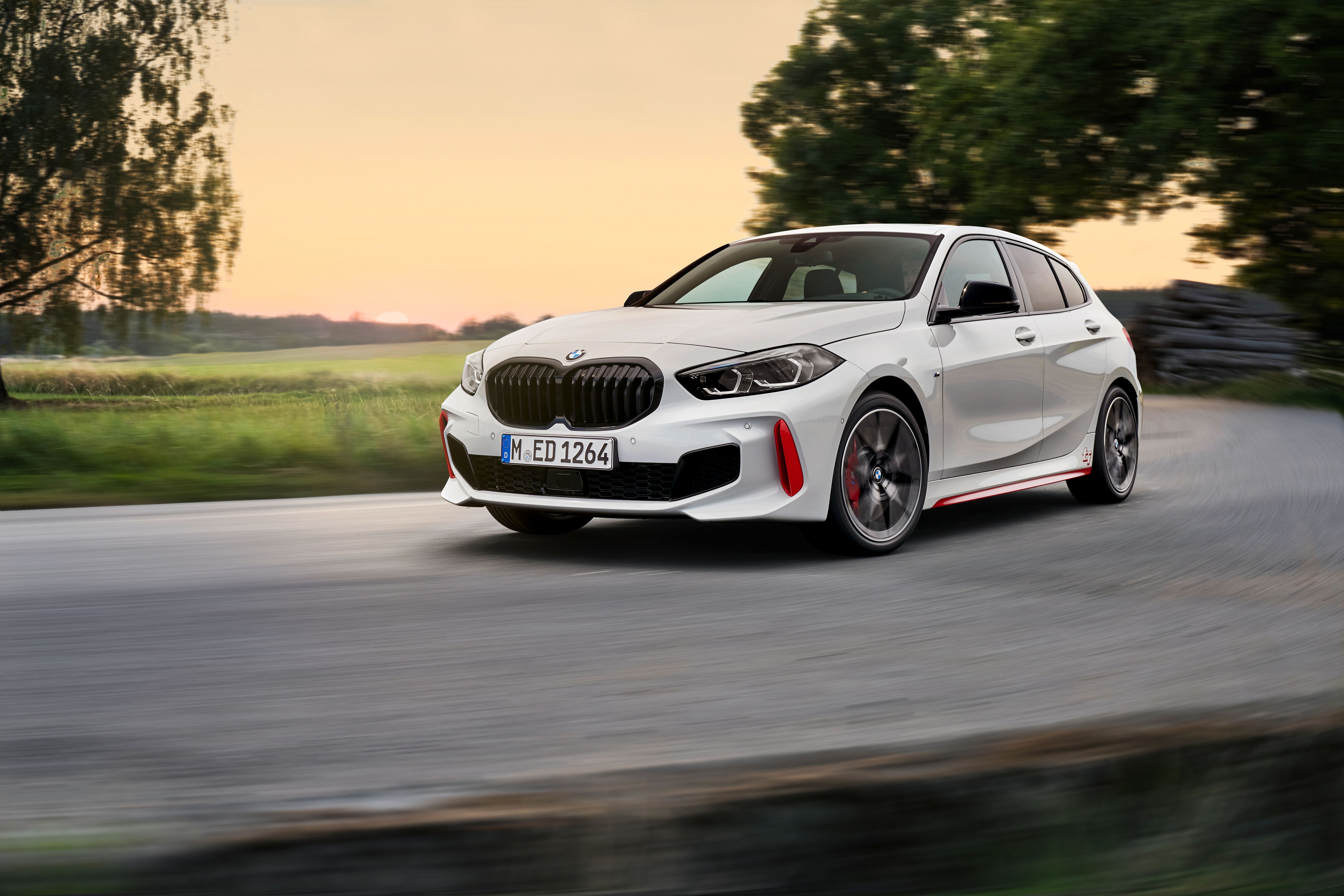
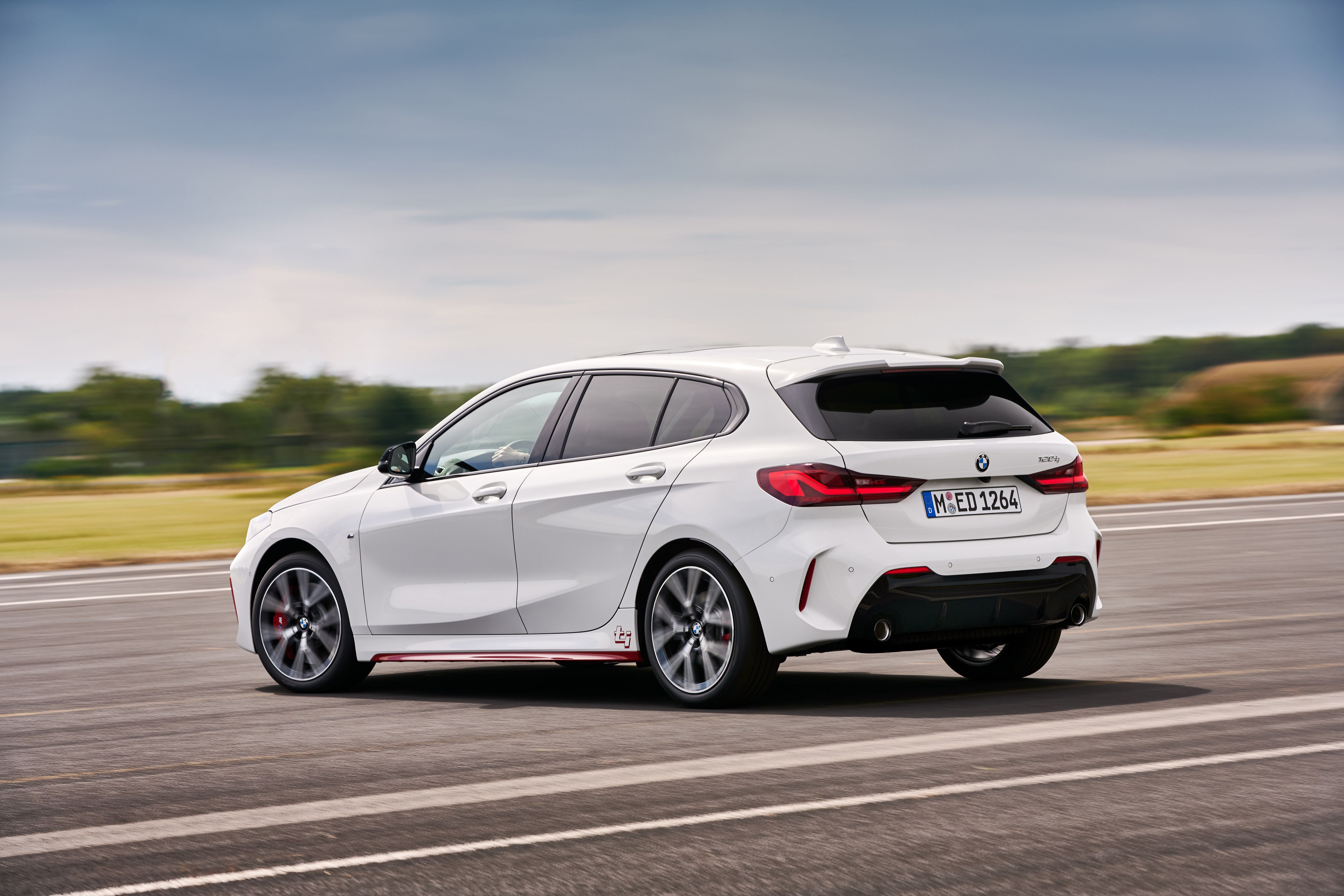
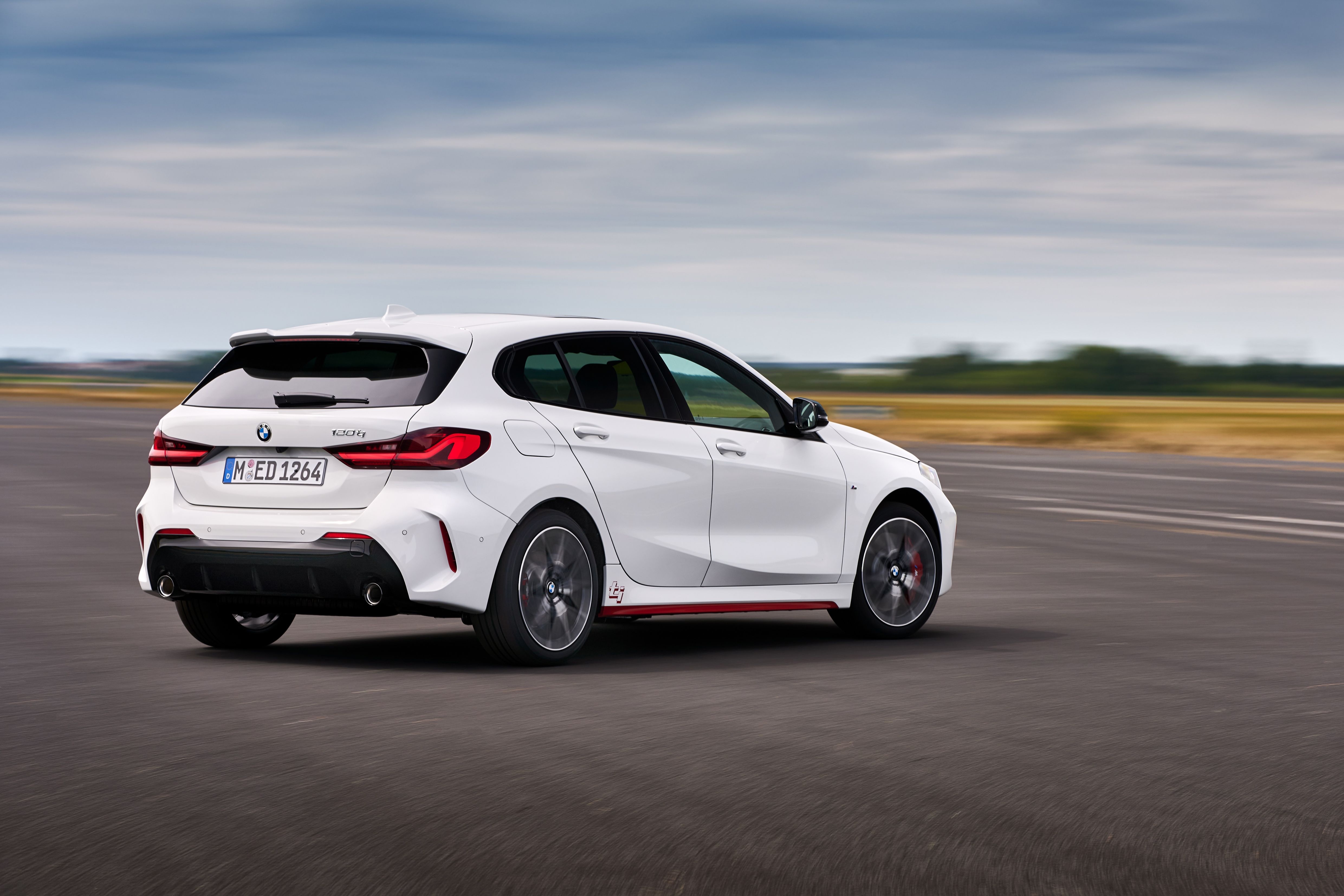
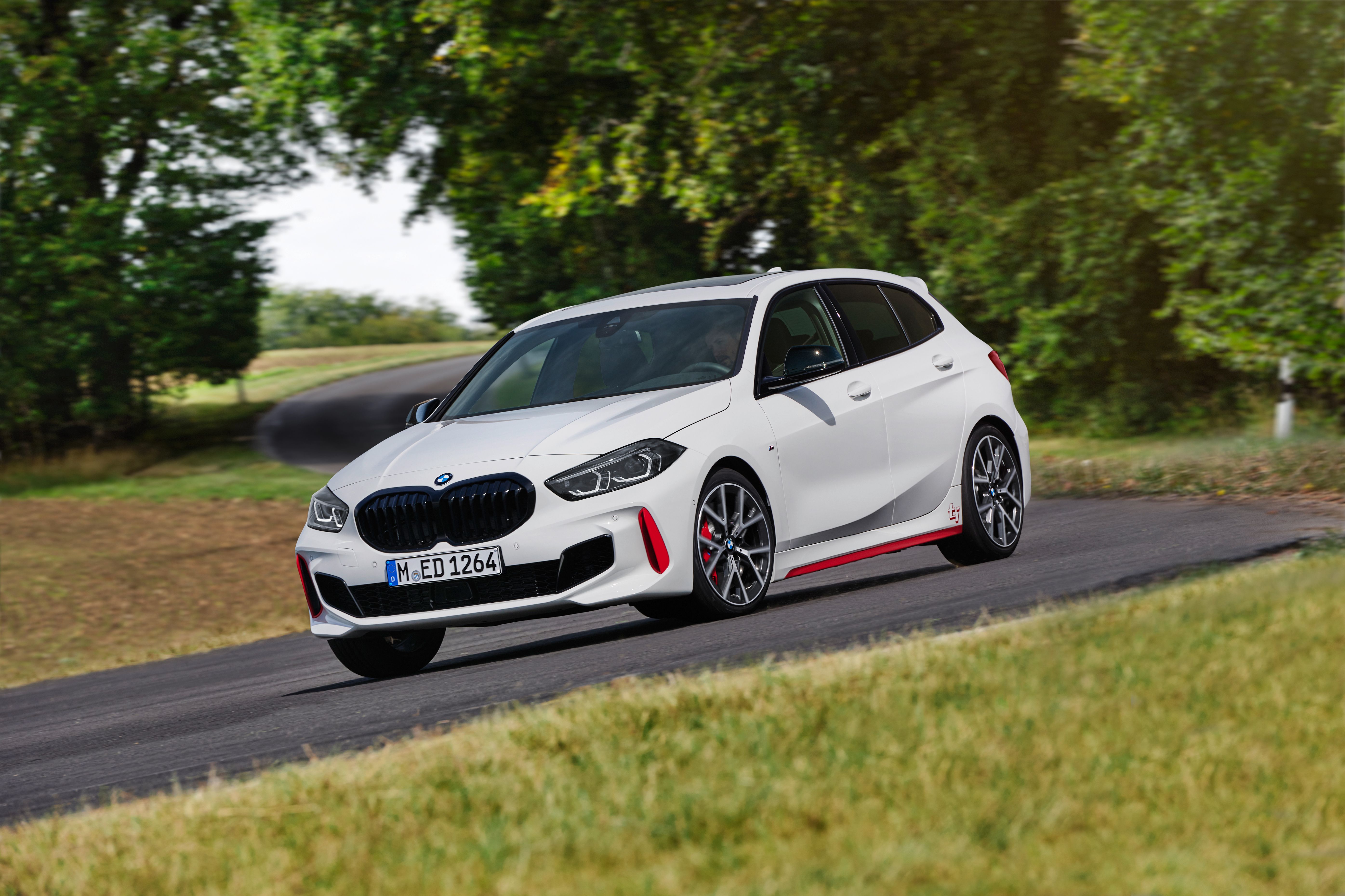
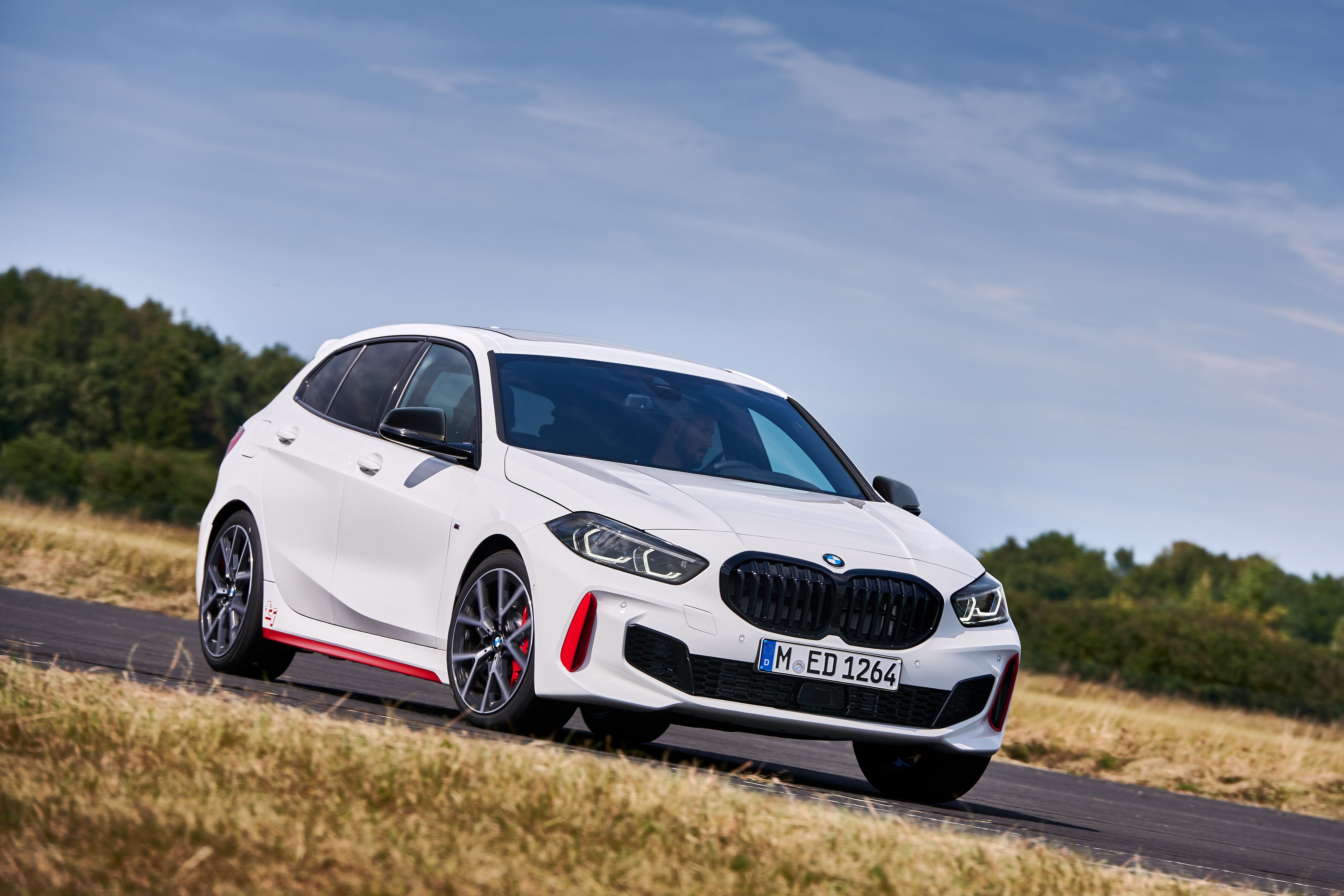
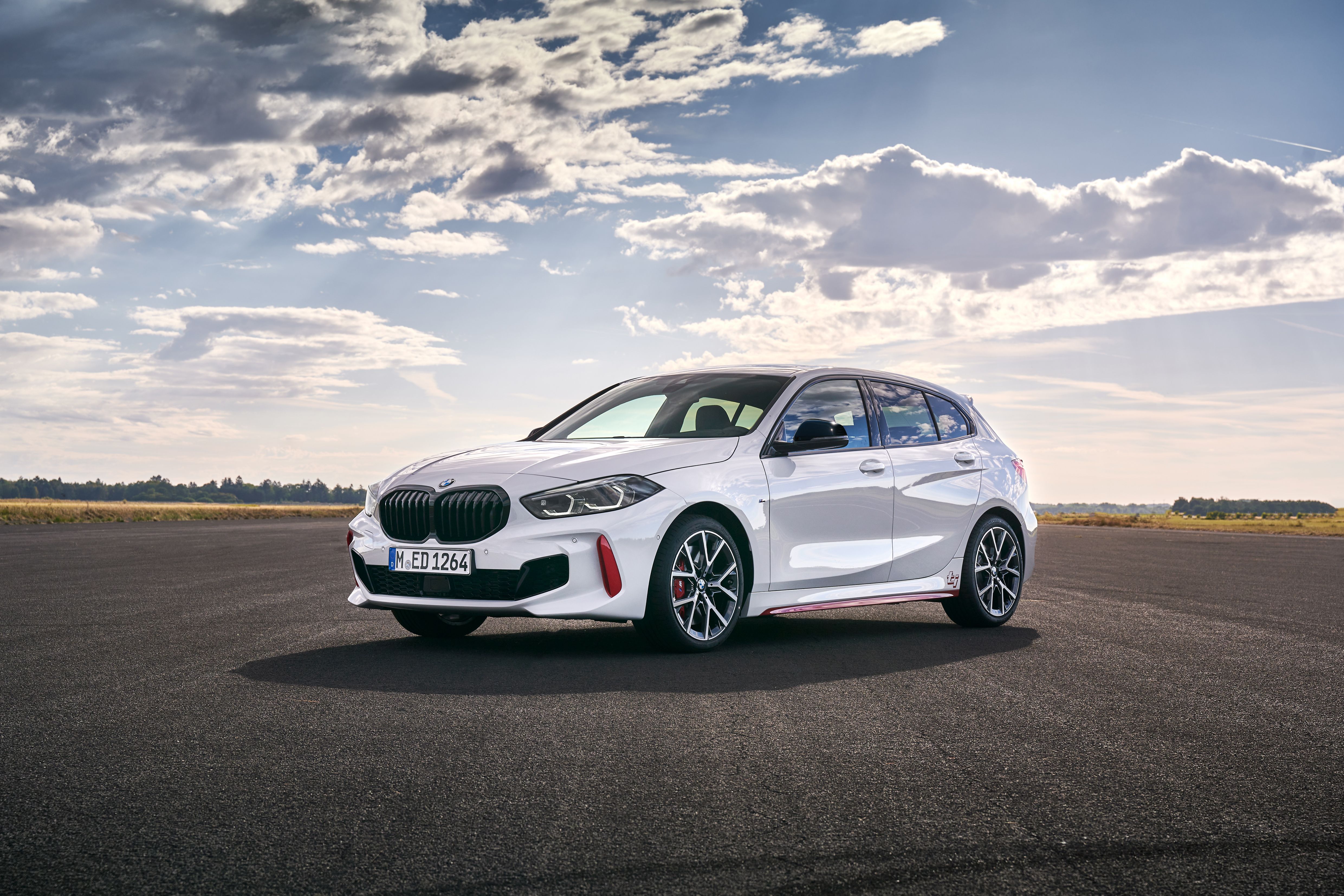
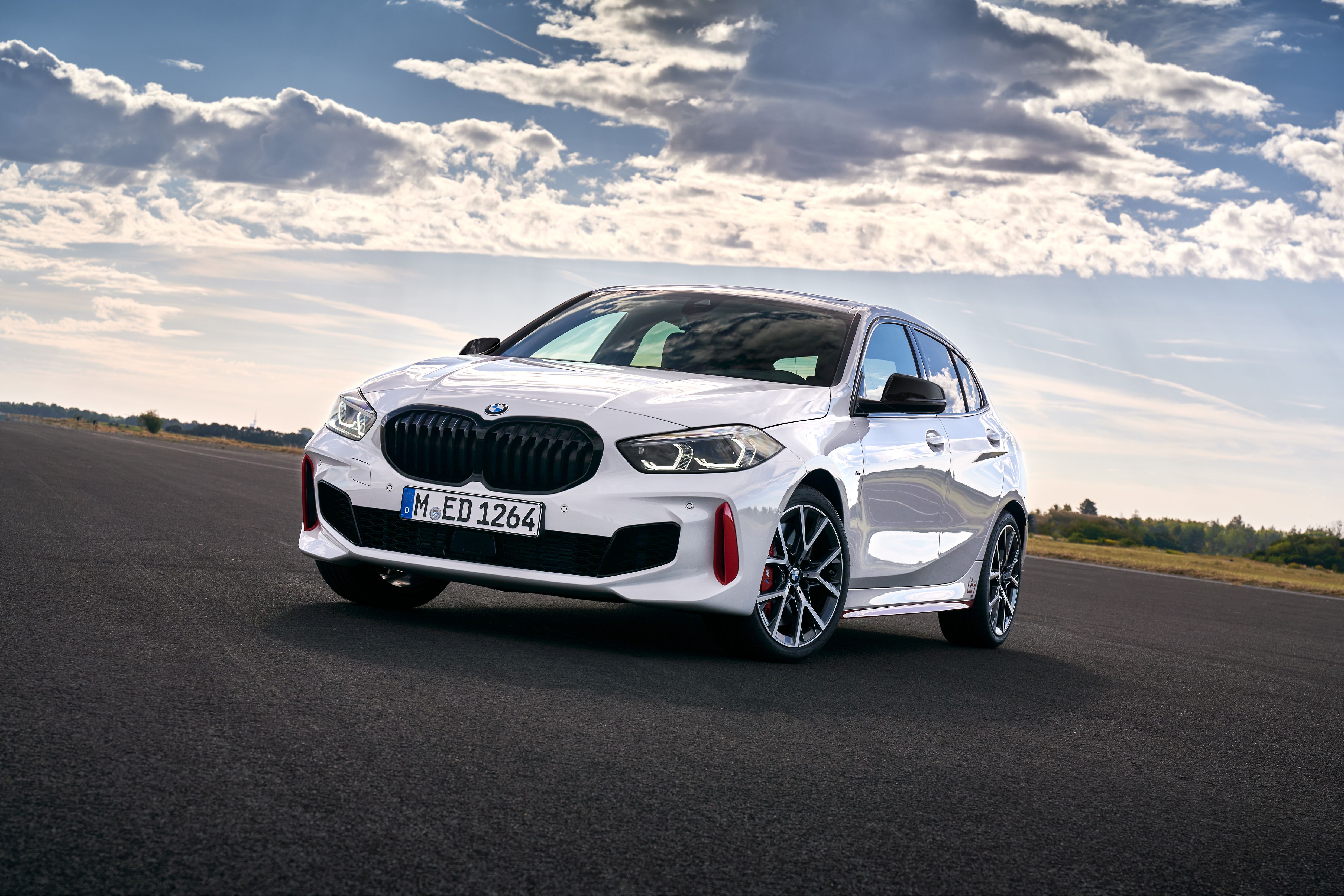
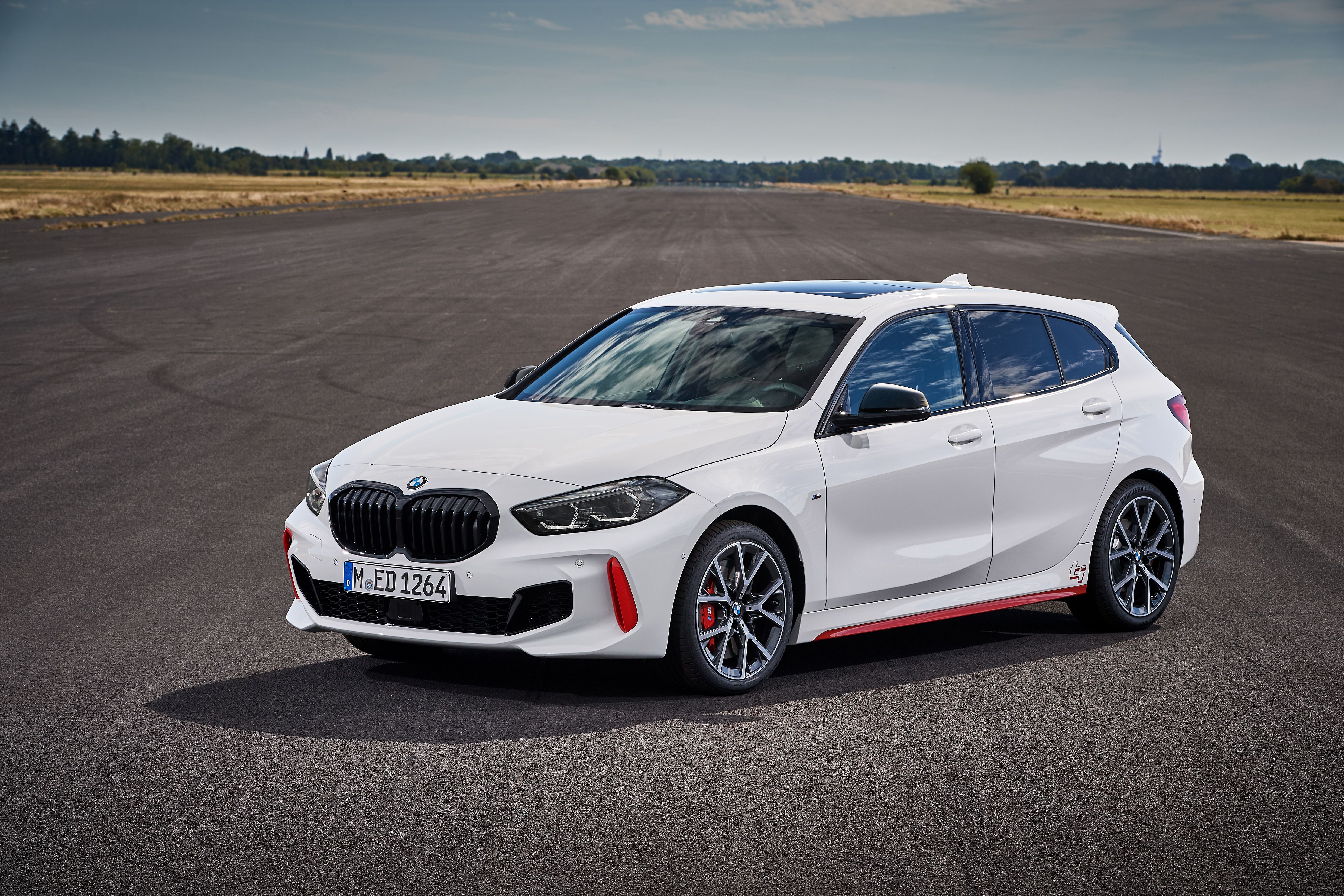
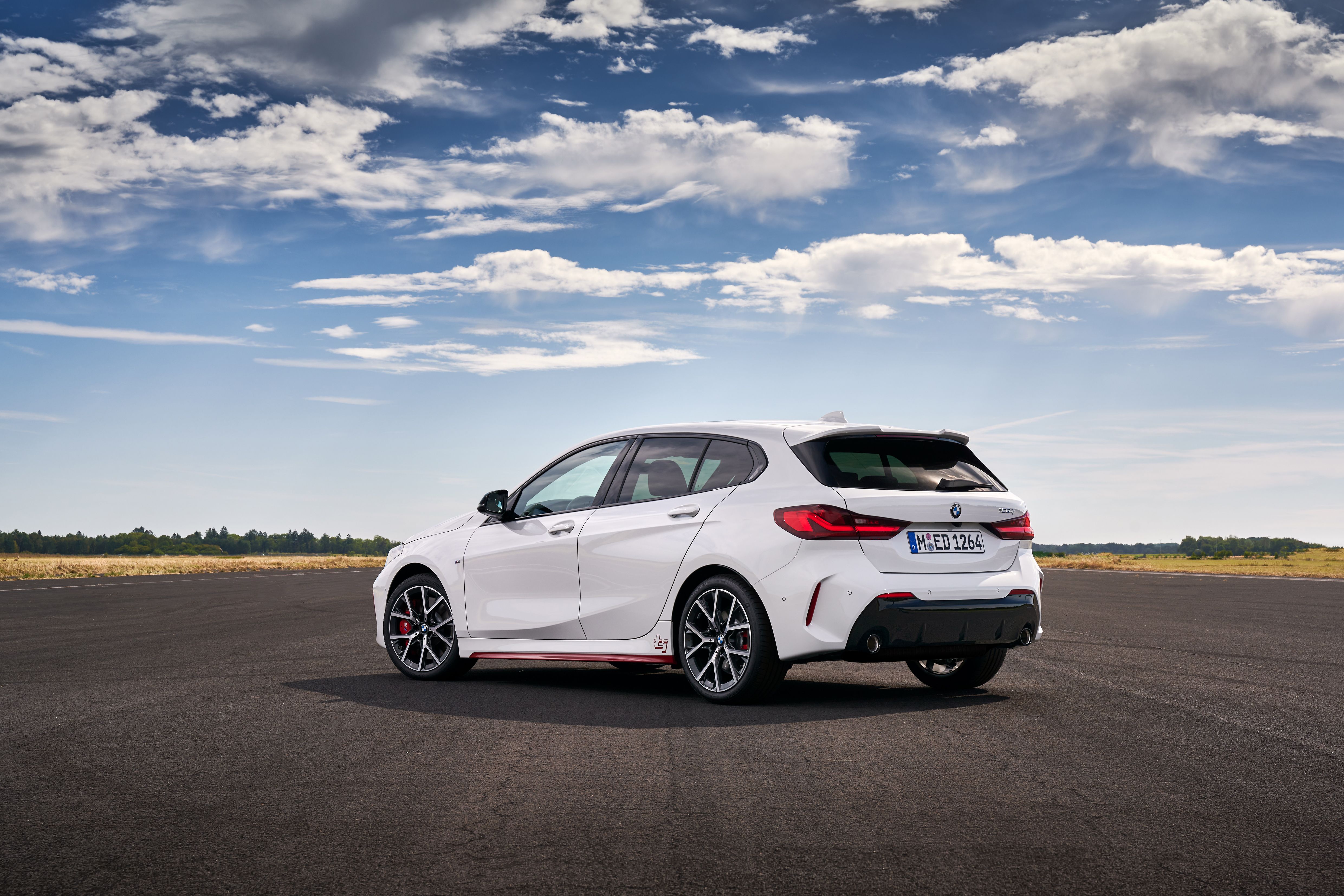
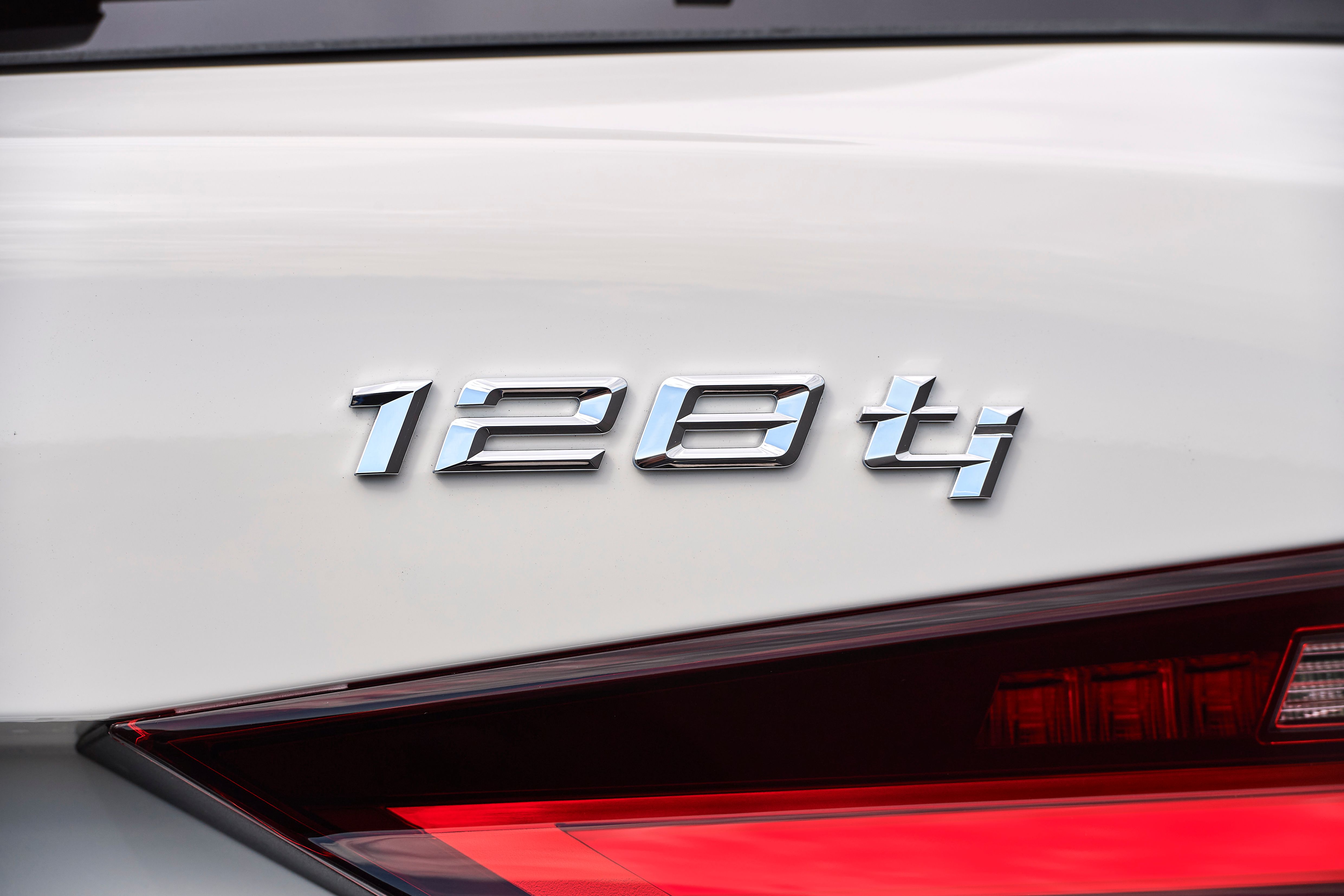
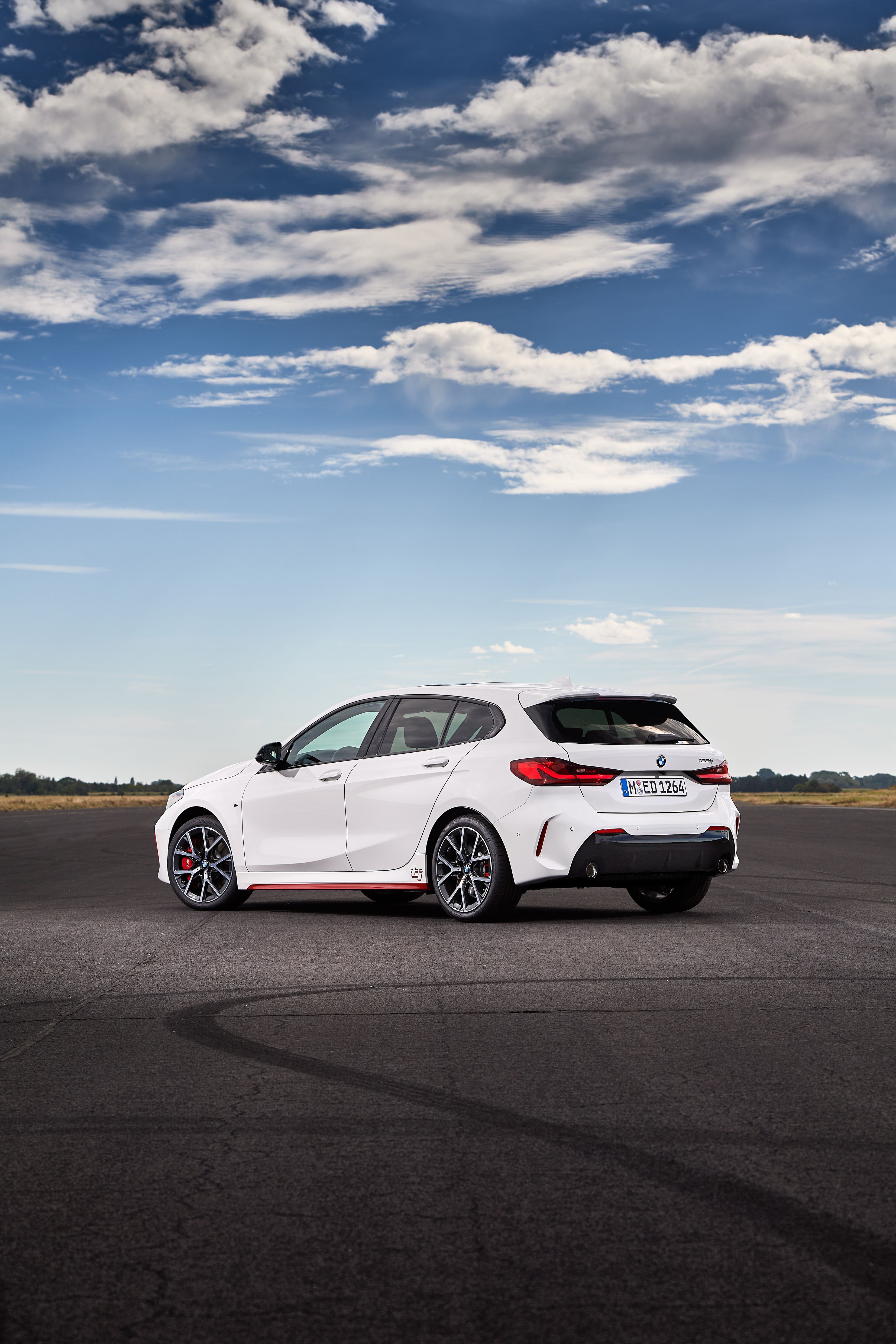
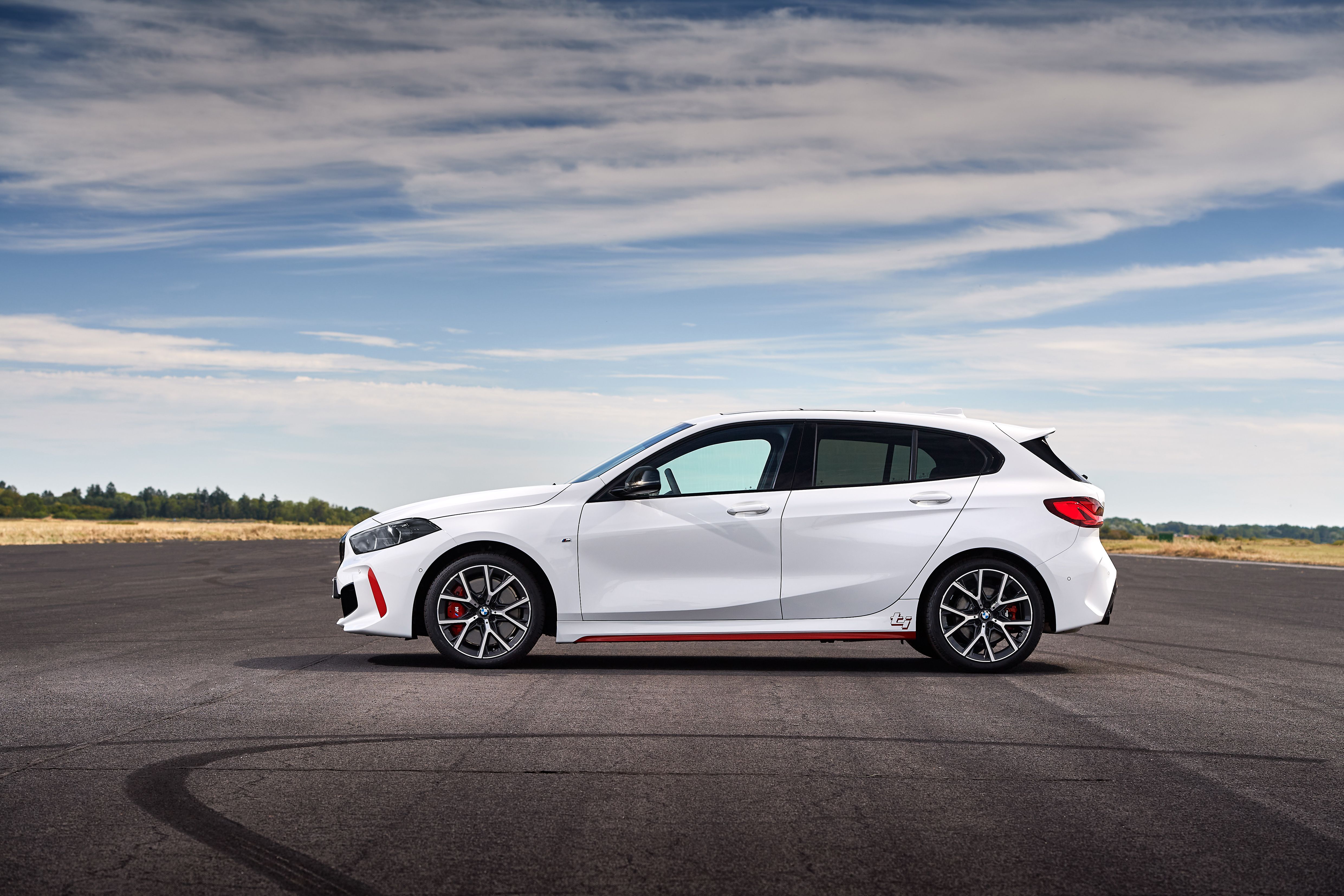
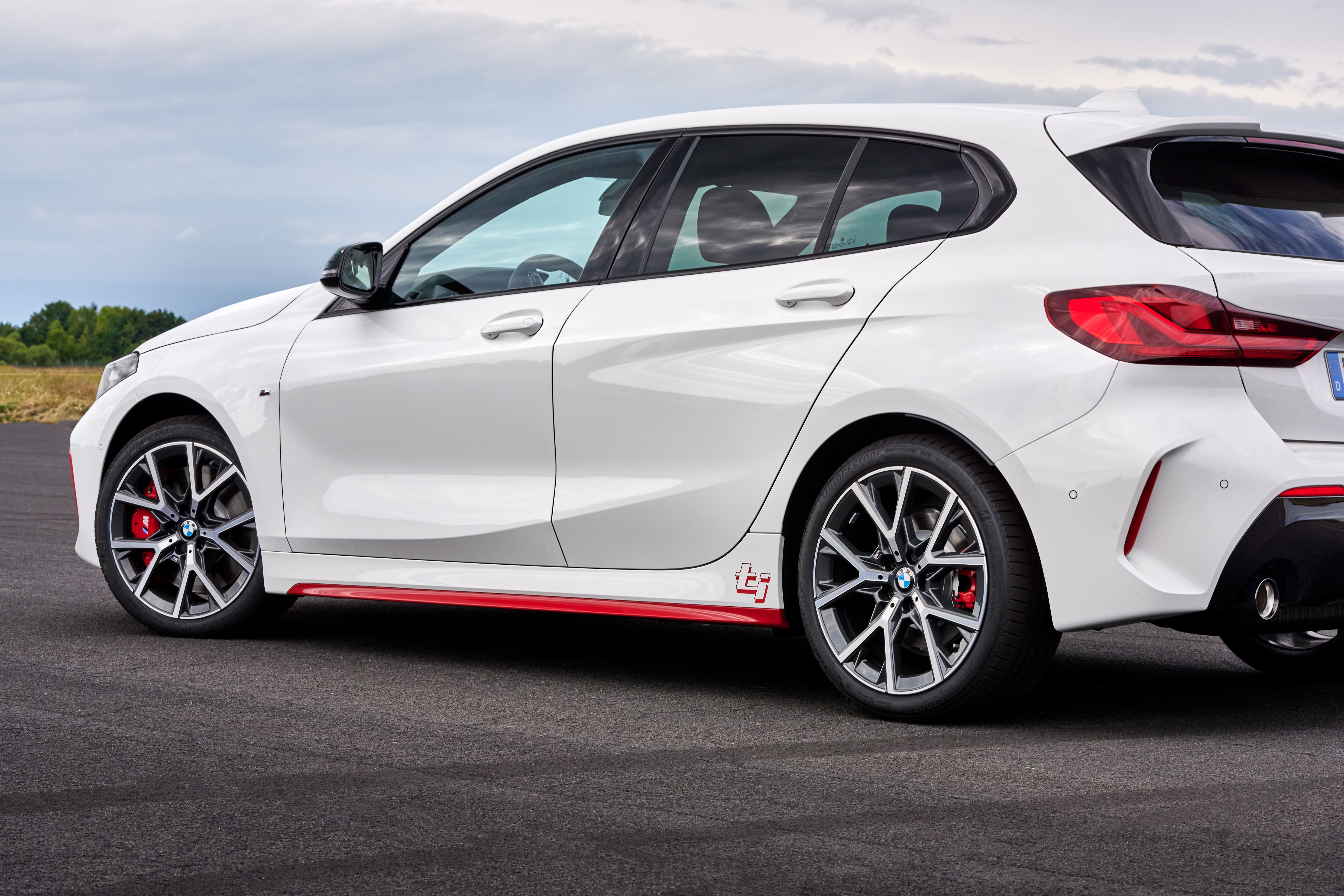
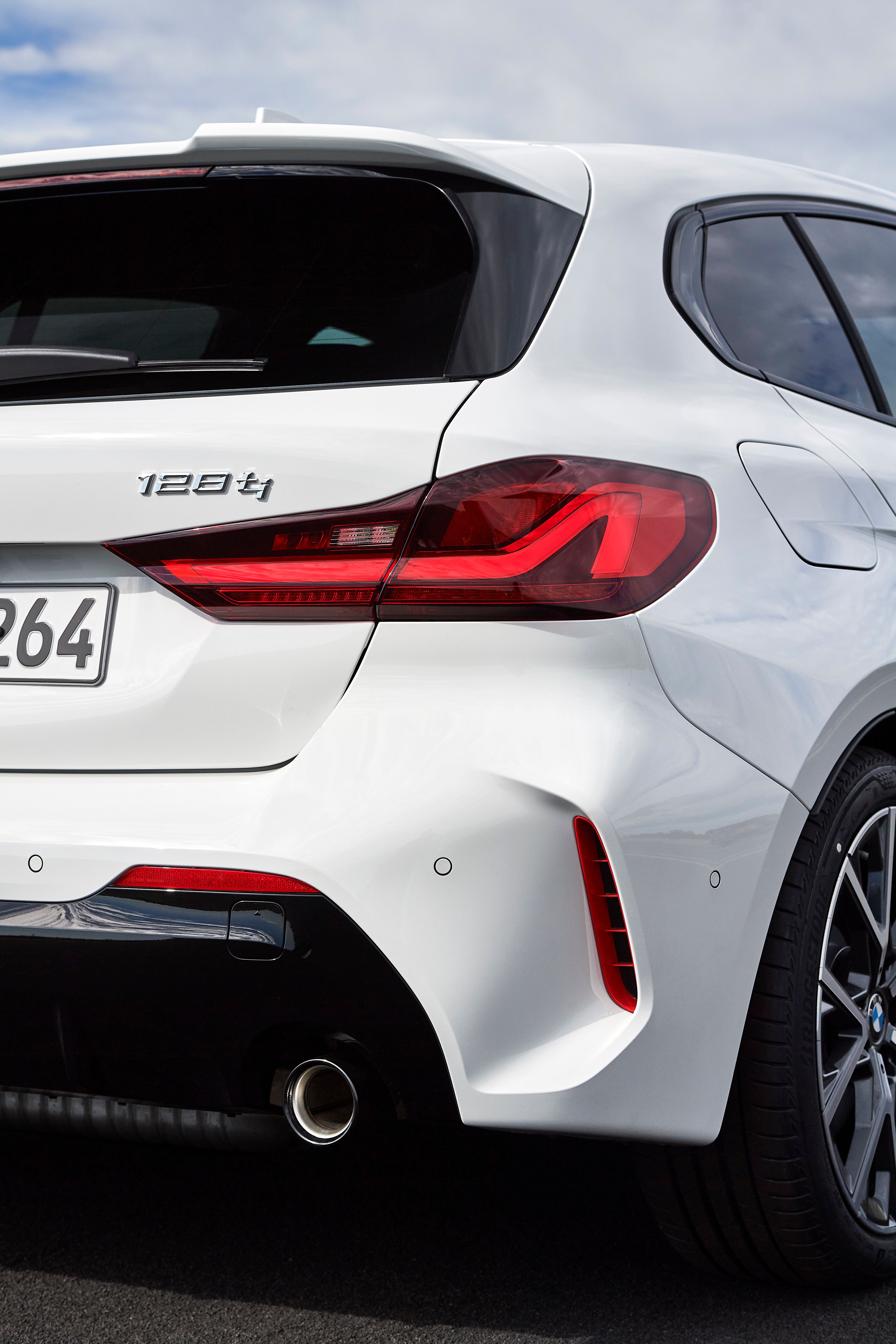
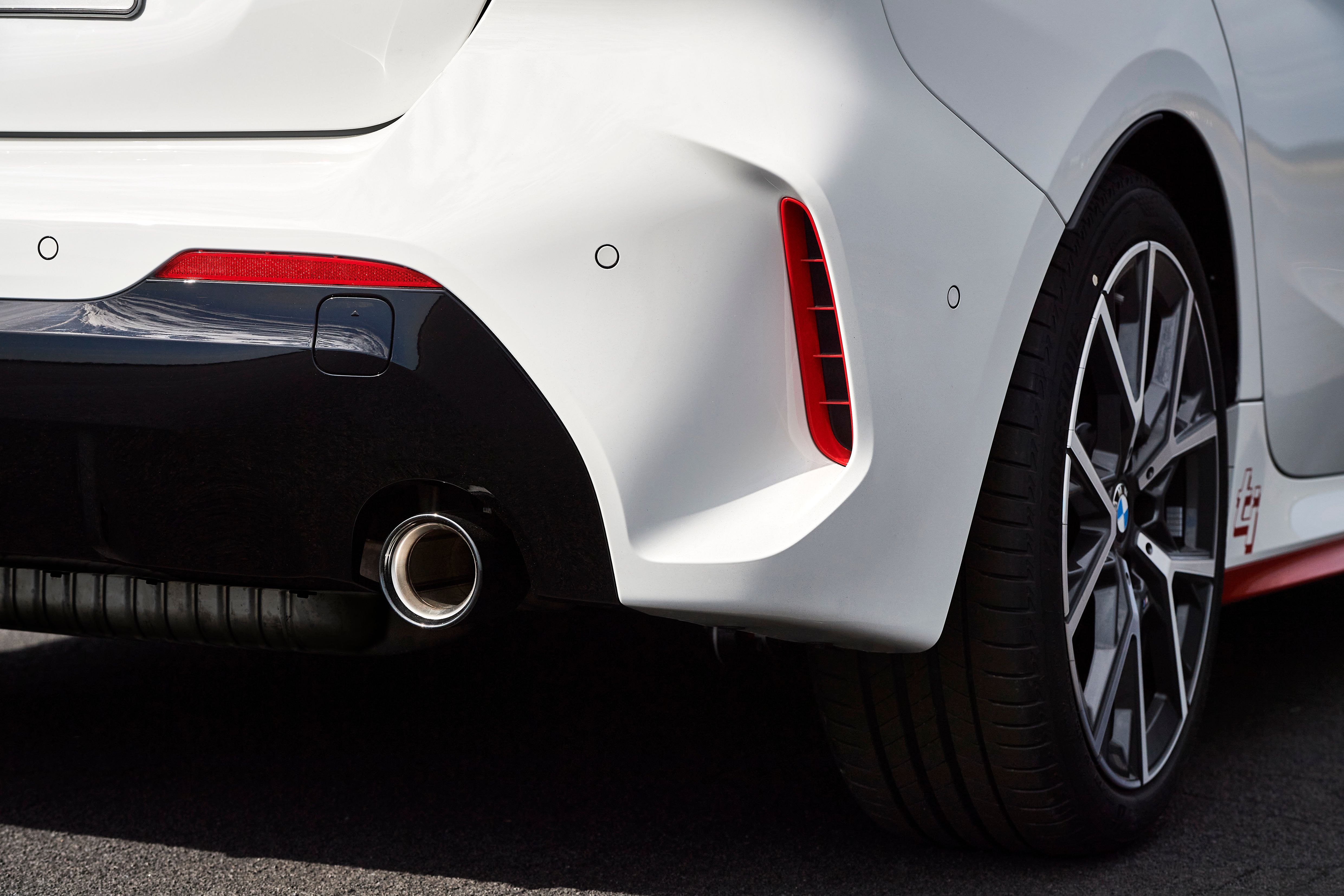
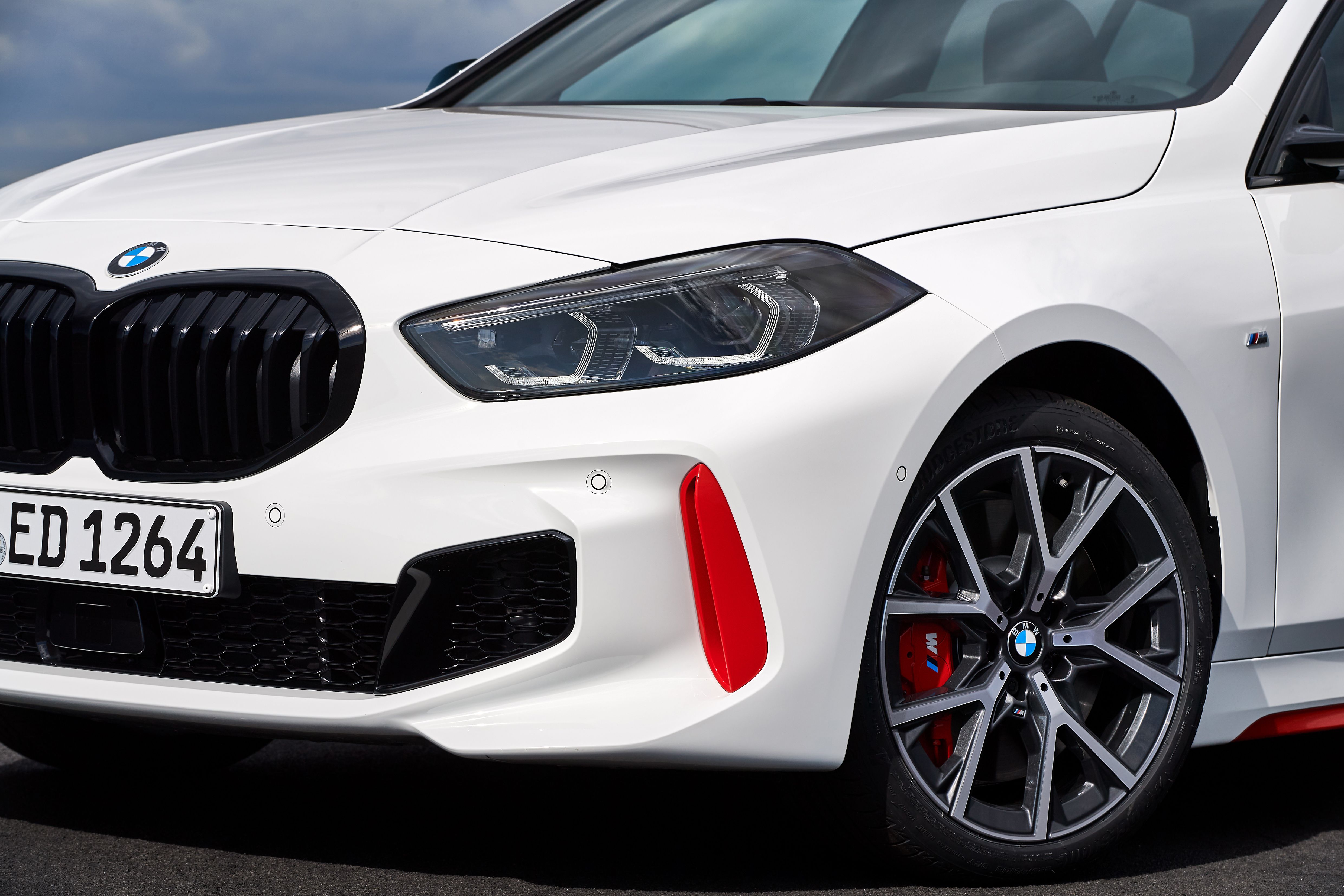
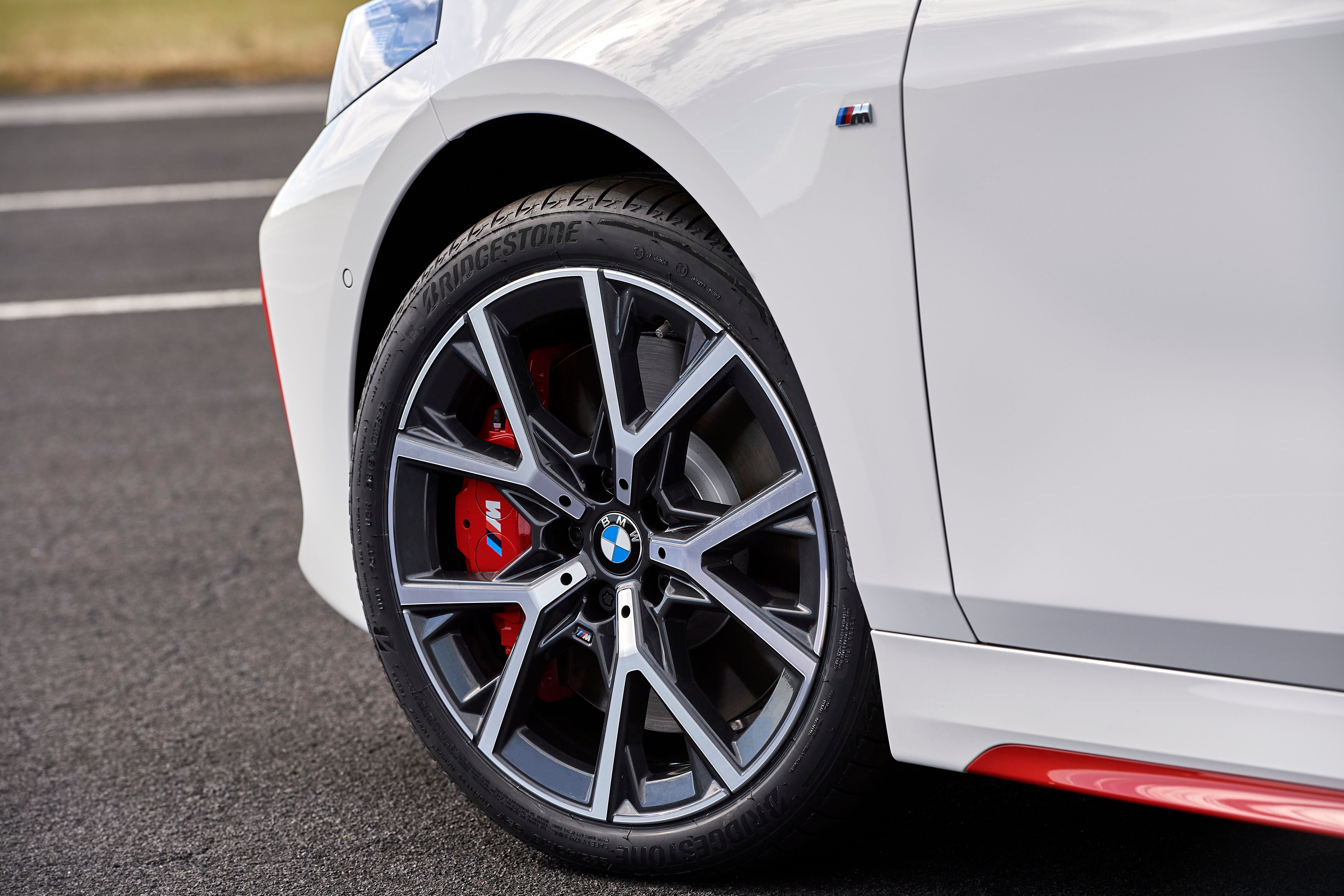
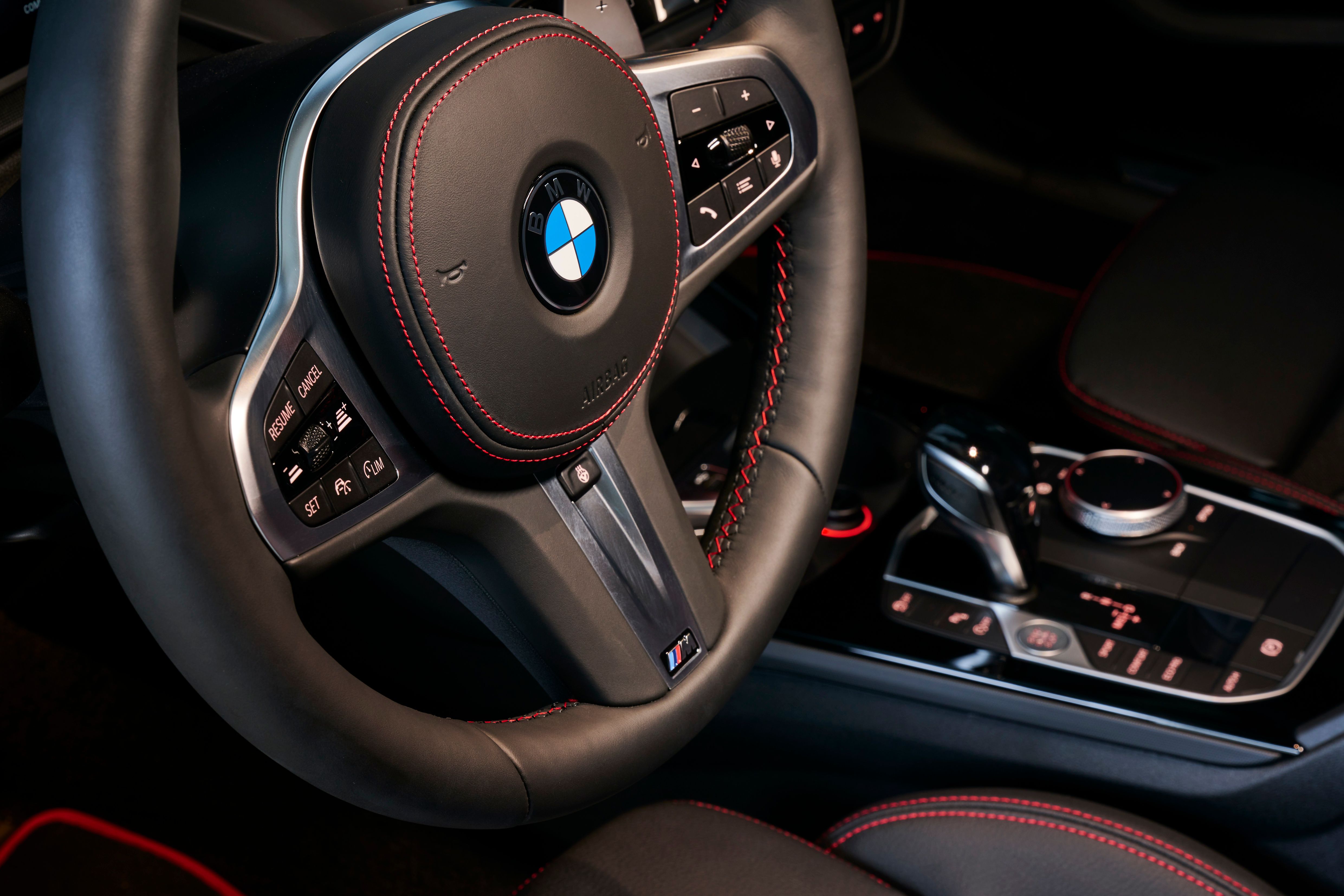
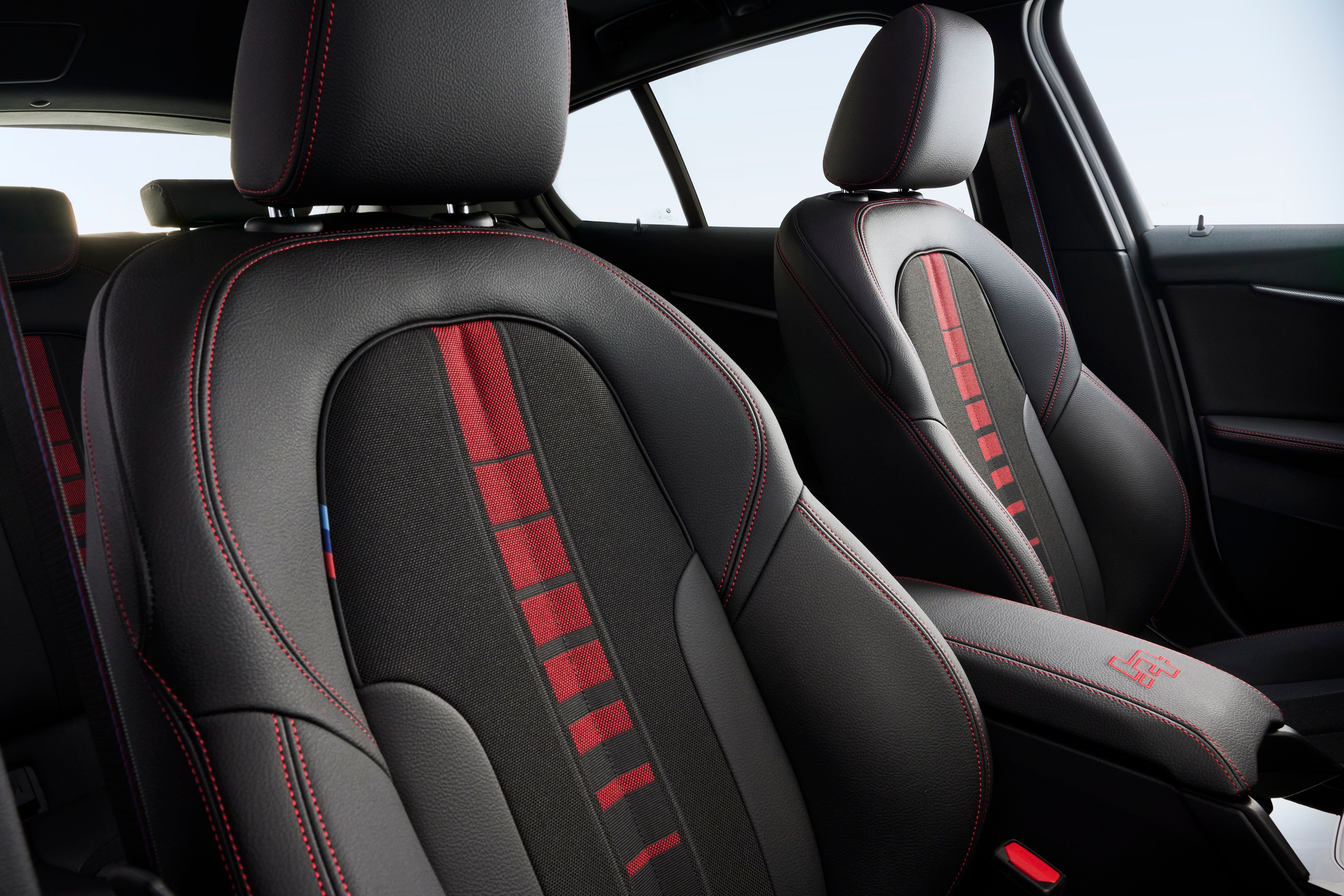
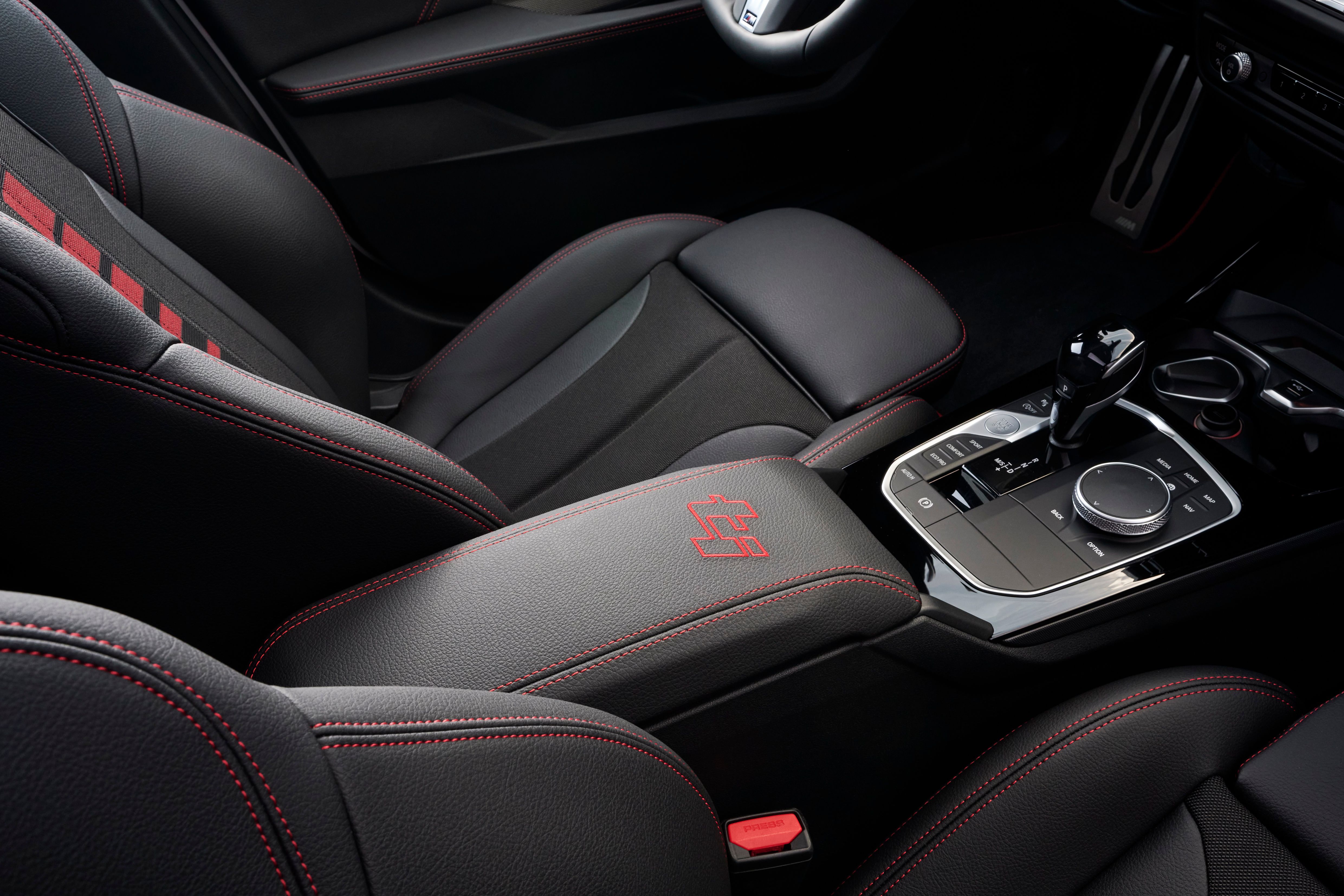
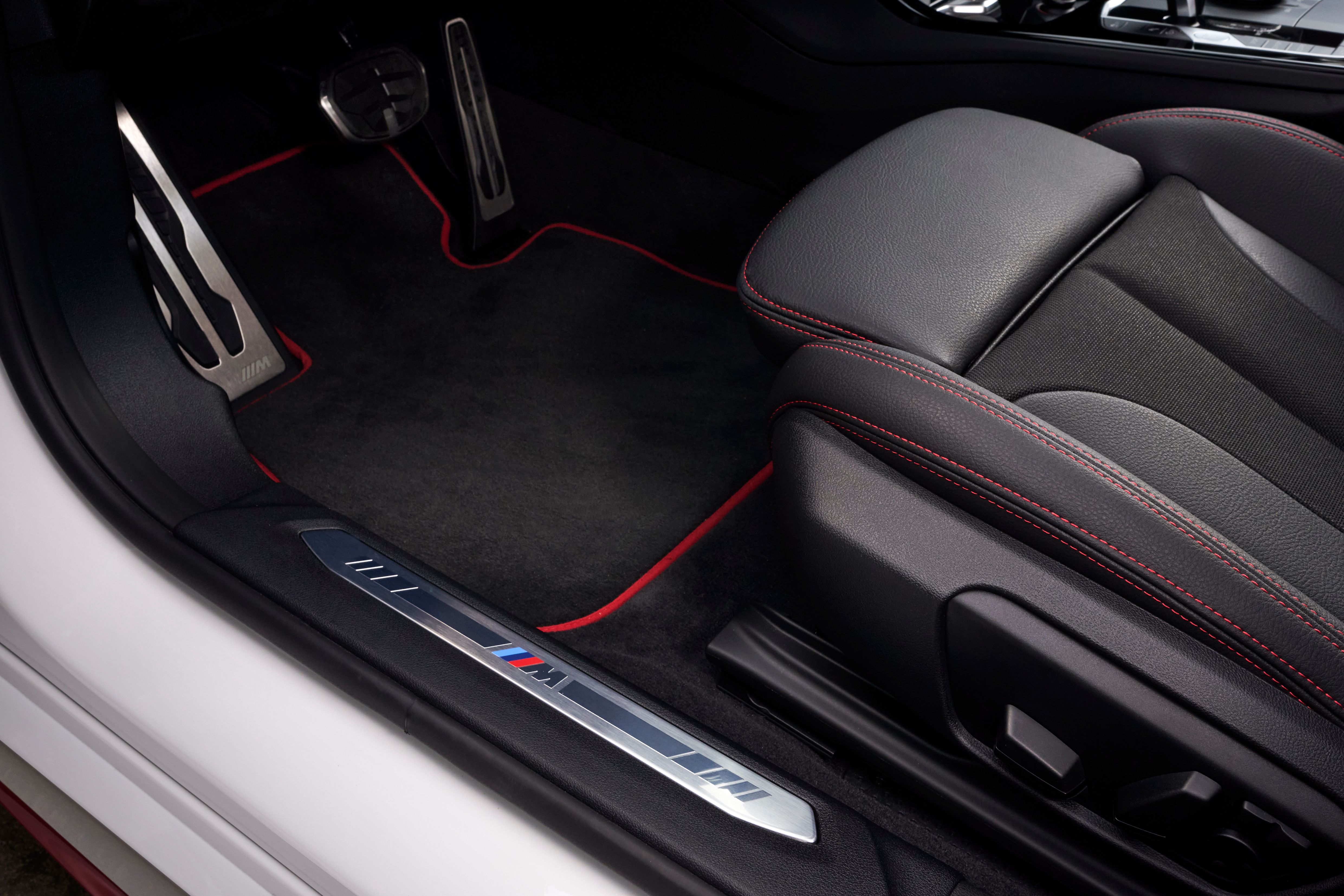
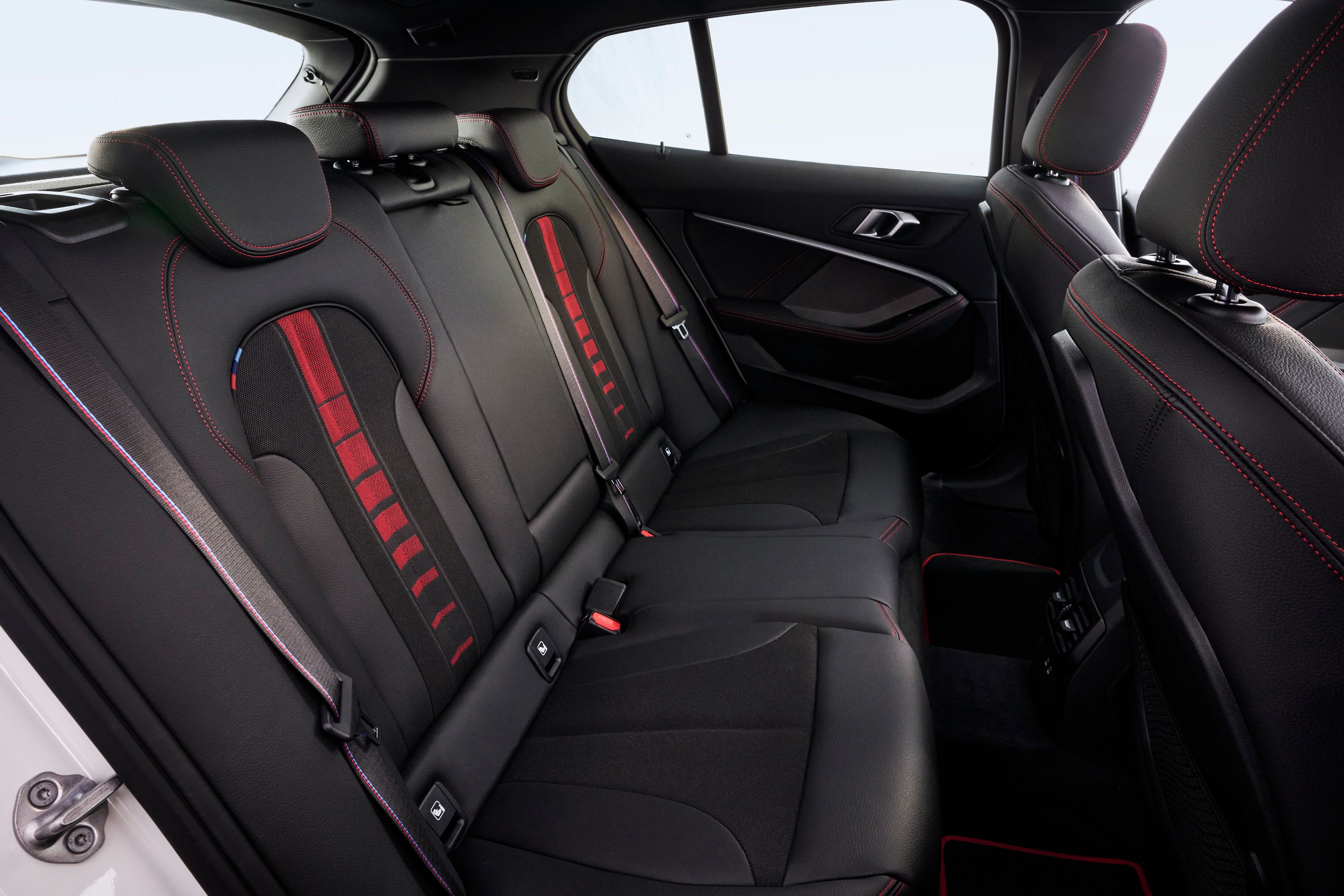
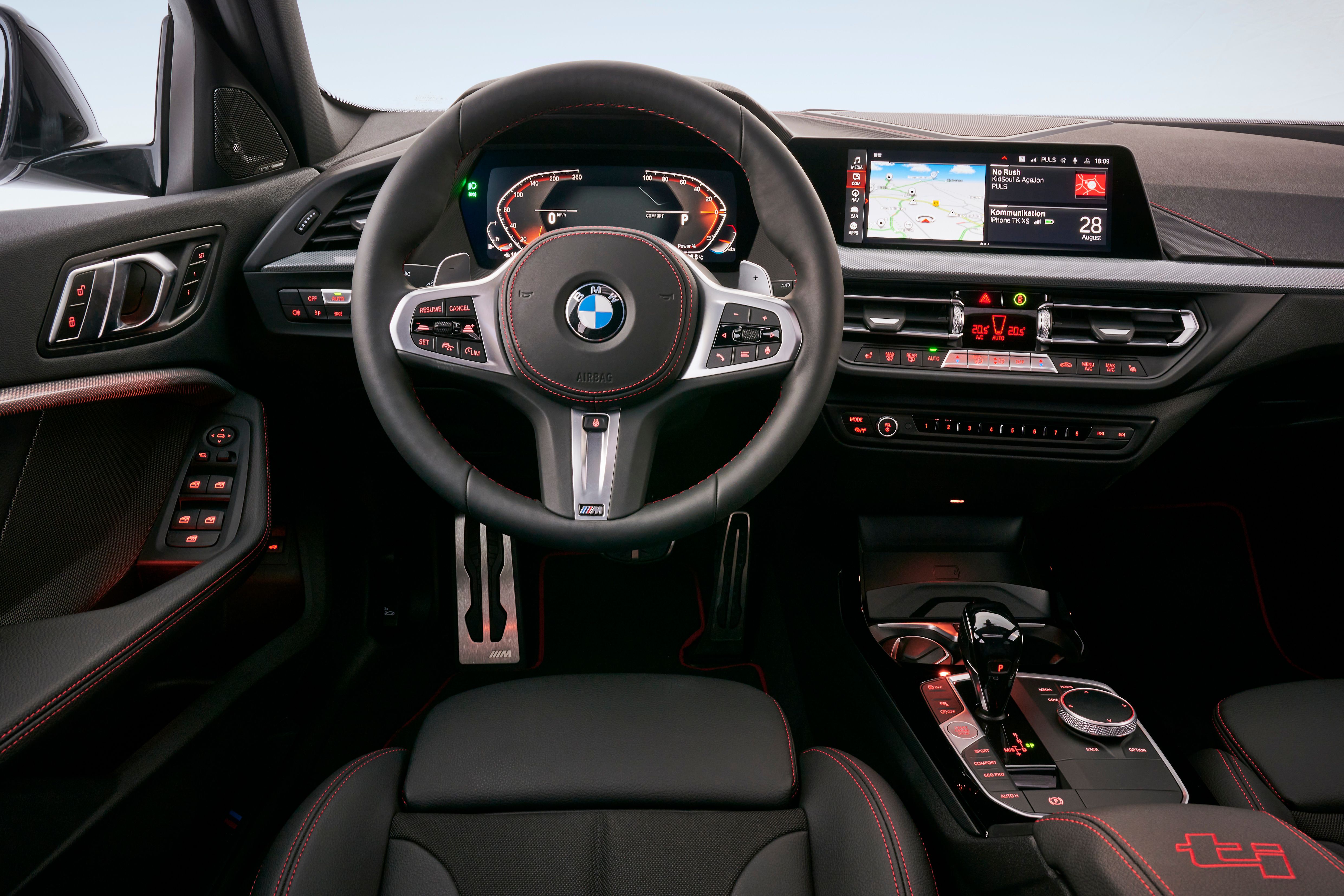
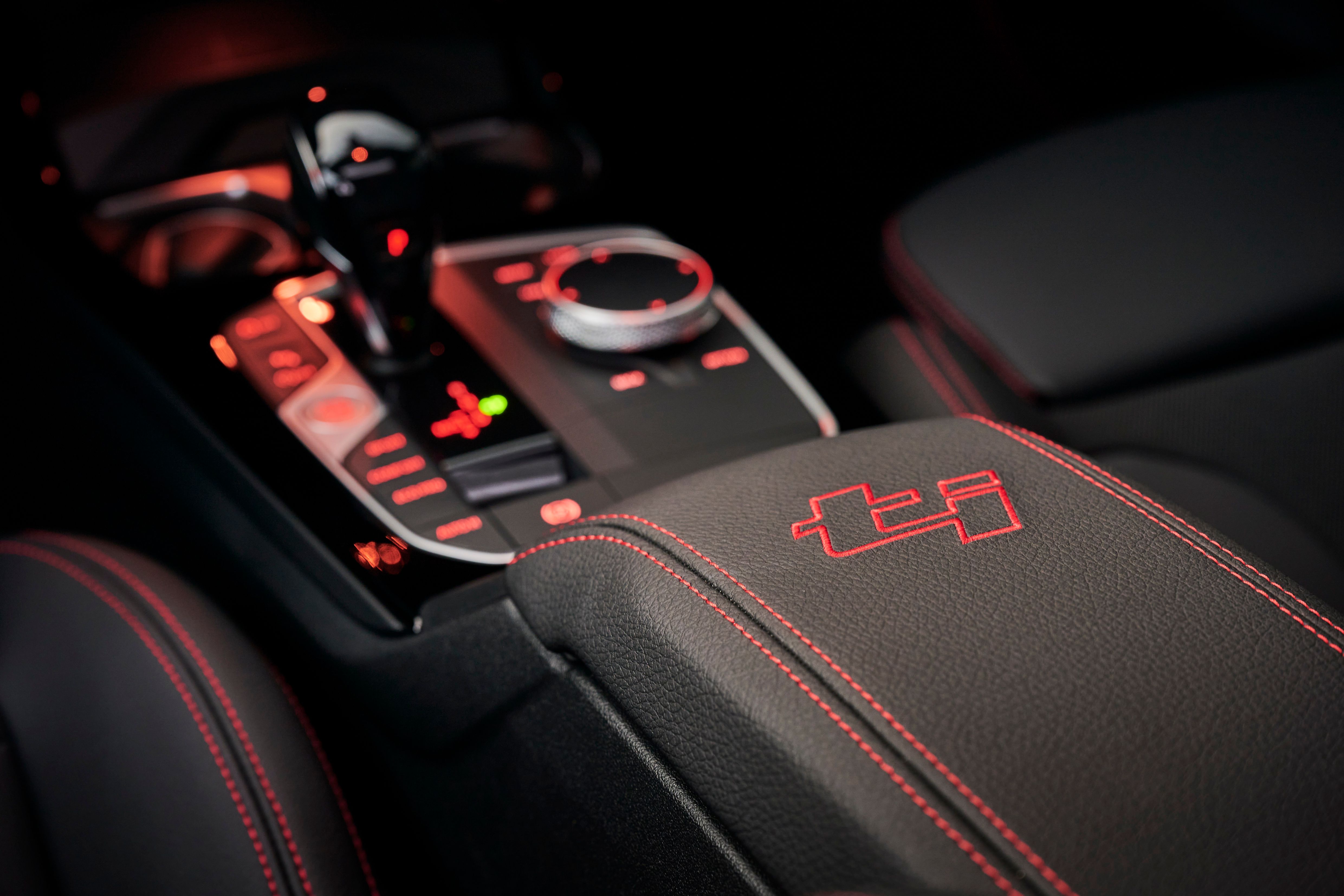
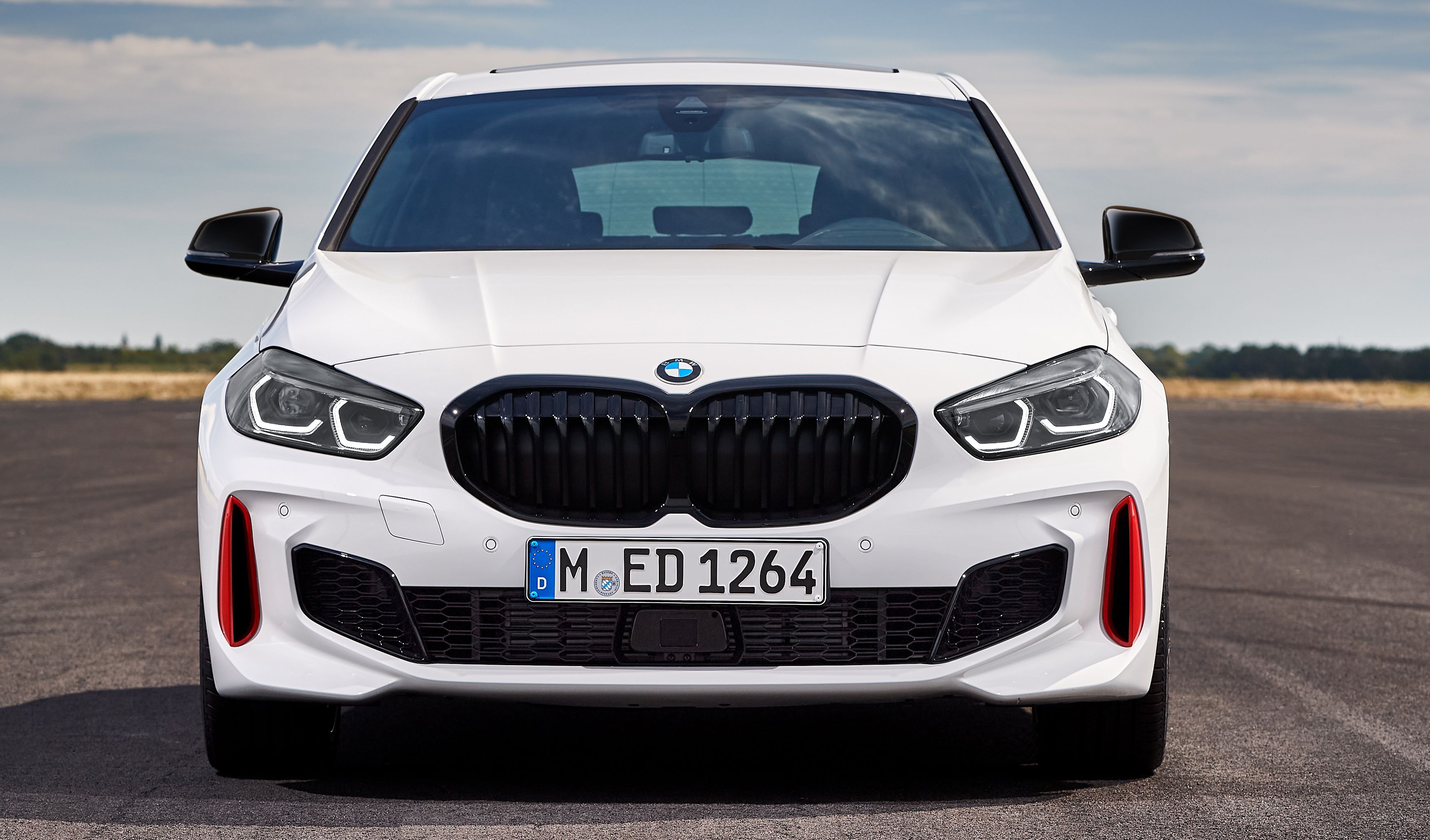
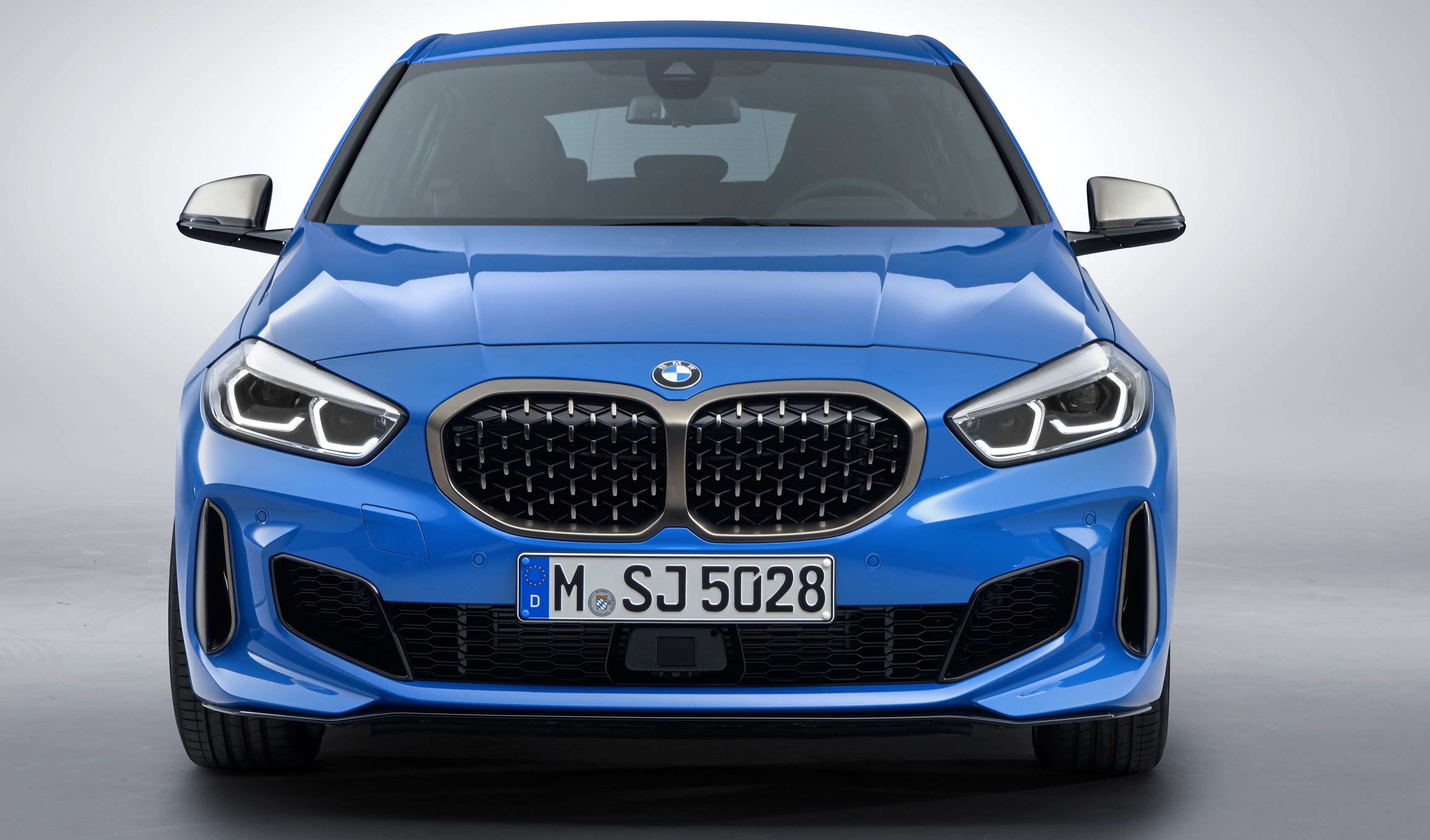
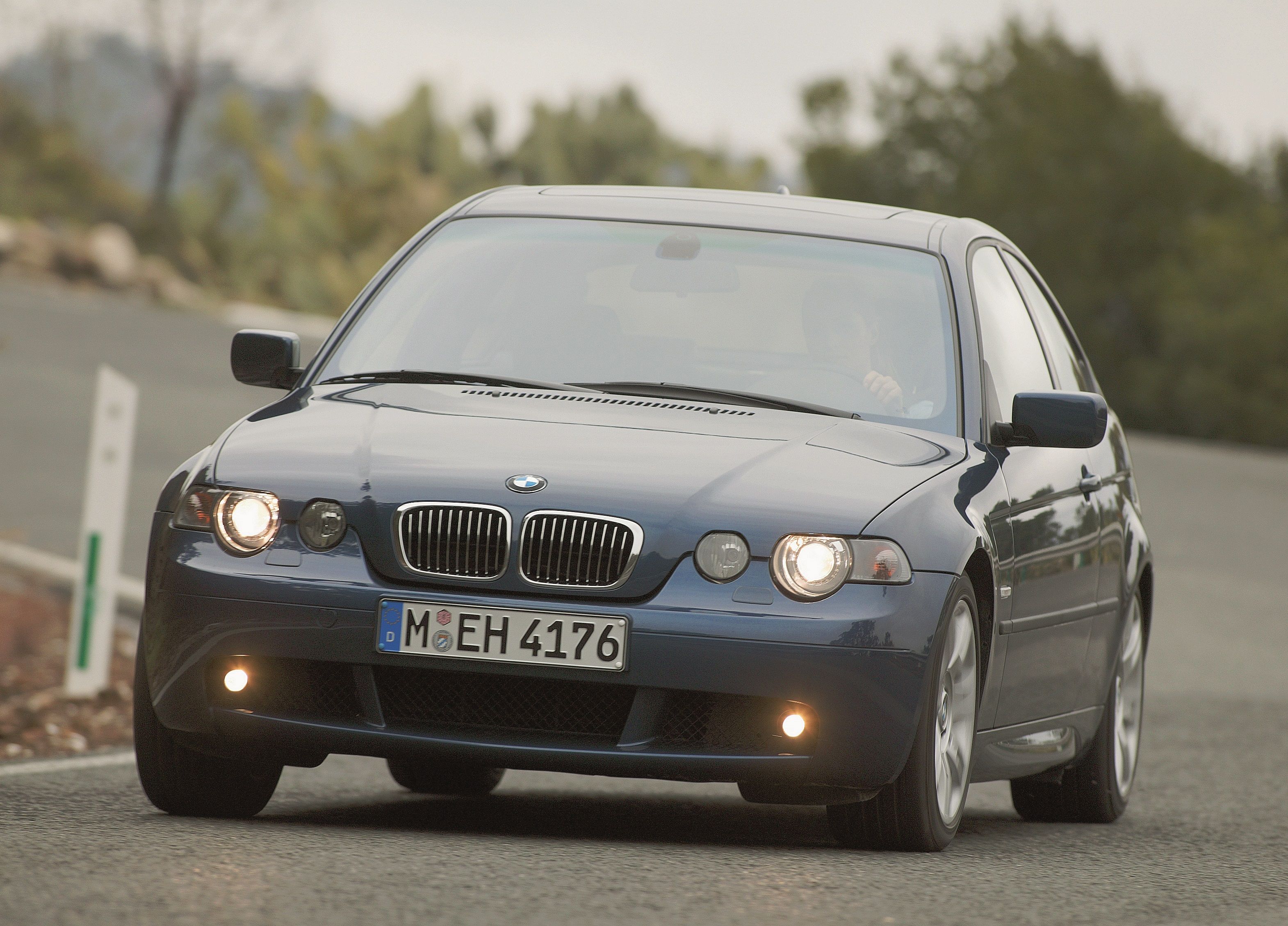

- Make: Array
- Model: 2021 BMW 128ti
- Engine/Motor: inline-4
- Horsepower: 261
- Torque: 295
- [do not use] Vehicle Model: Array
What makes the 2021 BMW 128ti special?
|
|
ids=939593,939594 |
no_overlay=false |
before_label=BMW 128ti |
after_label=BMW M135i xDrive> |
Styling-wise, the 128i looks a lot like the range-topping M135i xDrive. It features a similar front bumper with a wide bumper vent and vertical air curtains, as well as a black kidney grille. But while it features the gloss-black finish of the M135i, the grille is far from identical. Specifically, it doesn't borrow the unique design of the M-spec model, featuring the regular vertical slats instead. To set it apart from other 1 Series models, BMW added red accents around the vertical air curtains.
We can spot the same red accents around the sides, in the side skirt area.

There are no red accents around back, but the black exhaust pipes are larger than the regular 1 Series, so you'll know it's a special model.
If you like the red accents, which are actually very cool, even when compared to the blacked-out M135 model, you should know that their not available on all body colors. If you opt for the flashy Melbourne Red or Misano Blue paint, the red accents in the front become black, while the side sills and "ti" decals are changed to body color. If you like a more subdued look, you have the option to delete all contrasting features, as well as the "ti" decals.


Specifically, the turbocharged four-banger generates 261 horsepower and 295 pound-feet of torque, which places the 128ti right between the 120i and the M135i xDrive. That’s 85 horsepower more than the 120i model. Compared to the M135i xDrive, the 128ti falls behind by 41 horses and 37 pound-feet of twist, which isn’t all that much. However, while the M135i comes with an xDrive AWD system as standard, the 128ti is available with front-wheel drive only, which makes a big different on the performance front.

Down to the numbers, the 128ti hits 62 mph in 6.1 seconds, which is a notable 1.3 seconds slower than the M135i xDrive. But that's also a full second quicker than the 120i trim, so you get to beat that model on the drag strip. Top speed is limited to 155 mph, identical to the M135 xDrive.
On top of being more powerful than other 1 Series models, the 128ti is also sportier thanks to a bunch of upgrades borrowed from the M135i xDrive. The hatchback is fitted with beefed-up anti-roll bars and stiffer springs and shocks, but it also comes with a Torsen mechanical limited-slip differential for the front axle. The 18-inch wheels can be wrapped in Michelin Pilot Sport 4 tires at no extra cost for enhanced grip on the race track.
The 2021 BMW 128i is aimed at the VW Golf GTI and Ford Focus ST

The latest GTI also features a 2.0-liter turbo-four, rated at 242 horsepower and 273 pound-feet of torque. This means the Bimmer benefits from an extra 19 horses and 22 pound-feet of twist. The 128ti is also two tenths quicker from 0 to 62 mph, while top speed is identical at 155 mph. But while the Golf GTI is available with both a six-speed manual and a seven-speed DSG, the 128ti is restricted to an automatic gearbox only.
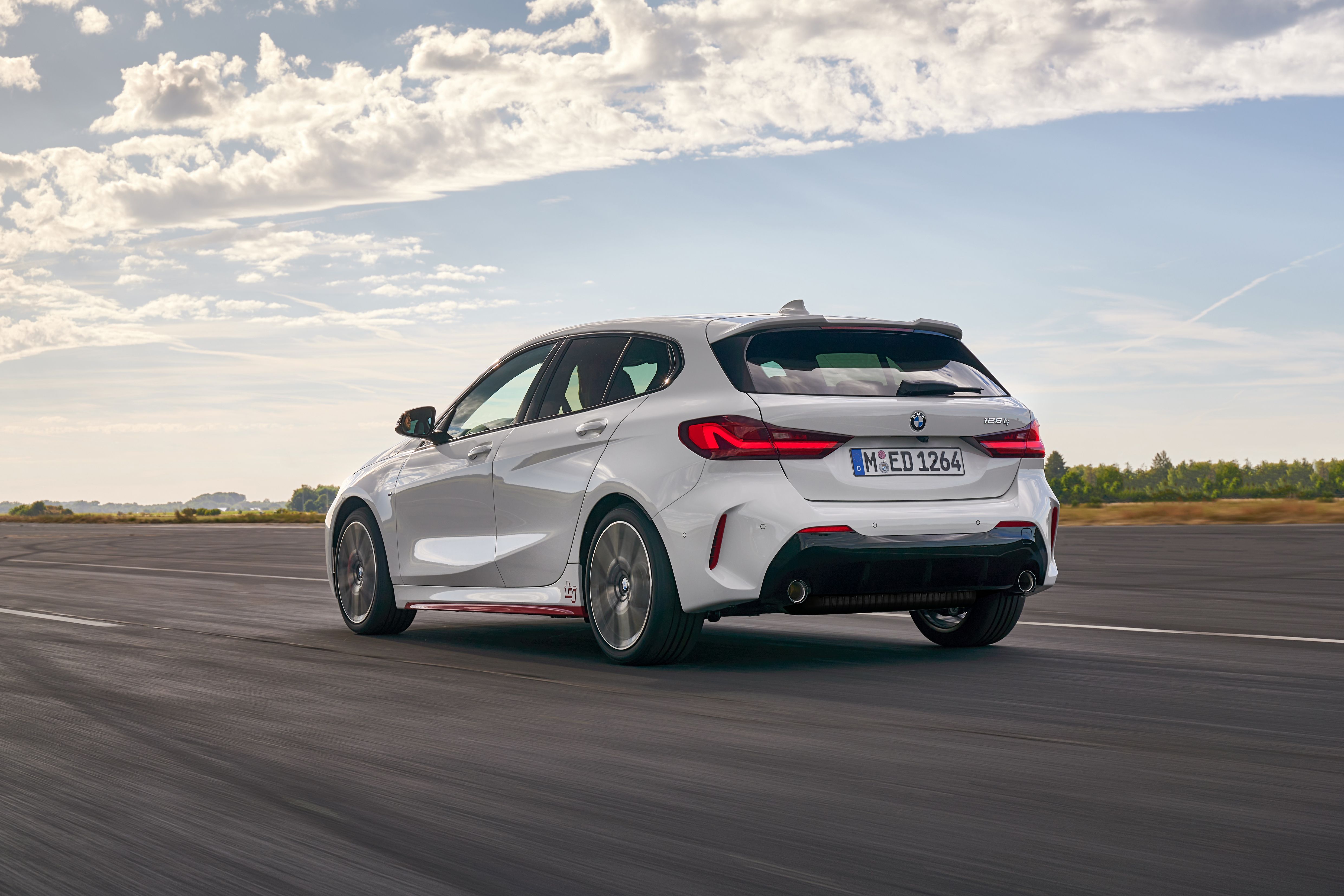
The Ford Focus ST is fitted with a 2.3-liter EcoBoost four-cylinder engine that shares components with the unit in the Ford Mustang. It cranks out 276 horsepower and 310 pound-feet of torque, which puts it above the 128ti. Specifically, the Focus ST comes with an extra 15 horses and 15 pound-feet on tap. Although not much more powerful, the Focus ST is notably quicker to 62 mph, reaching the benchmark in 5.7 seconds, almost a half-second faster than the Bimmer. It tops out at 155 mph. Just like the Golf GTI, it's available with both manual and automatic transmissions.
BMW 128ti vs Golf GTI vs Focus ST
|
Engine |
2.0-liter, four-cylinder turbocharged |
2.0-liter, four-cylinder turbocharged |
2.3-liter EcoBoost four-cylinder |
|---|---|---|---|
|
Horsepower |
261 Horses |
242 Horses |
276 horses |
|
Torque |
295 pound-feet |
273 pound-feet |
310 pound-feet |
|
0-62 mph |
6.1 s |
6.3 s |
5.7 seconds |
|
Top Speed |
155 mph |
155 mph |
155 mph |
How much does the 2021 BMW 128i cost?

That’s a €7,262 premium over the 120i, but a solid €6,678 less than the M135i xDrive. Compared to the Volkswagen Golf GTI, priced from €37,607, the BMW 128ti commands a €3,967 premium. The Bimmer is also notably more expensive than the Focus ST, which retails from €30,674. The 128i is almost €11,000 more expensive.
BMW "ti" badge history

The "ti" badge is pretty iconic in BMW's history, having been introduced for the first back in the 1960s. Short for Turismo Internazionale, the badge first appeared on the 1800 version of the New Class Sedan models in 1964. Known as the 1800 TI back then, it featured components developed by tuning company Alpina, now under BMW ownership, and a slightly more powerful engine. A homologation special called the 1800 TI/SA was also introduced in 1964 with an even more powerful engine and a performance-tuned chassis. BMW introduced the 2000TI in 1966 and the 2000tii (for touring international injected) in 1969. The 2000tii was BMW's first fuel-injected model.
The "ti" badge was also used on the 02 Series, a range of compact cars developed from 1966 to 1977, also a predecessor to the 3 Series. Models included the 1600 TI, introduced in 1967, and the 2000 tii and 2002 tii, both launched in 1971. The 2002 tii paved the way to the iconic 2002 Turbo, the company's first turbocharged production model.

The badge disappeared in the 1970s and returned in 1993 on the BMW 3 Series Compact. Essentially a shorter, hatchback version of the 3 Series, the Compact was BMW's first hatchback since the 2002 Touring. Two ti models were built, the 318ti and 323ti. The latter was the most powerful of the range, featuring a 2.5-liter inline-six rated at 168 horsepower. When the hatchback was redesigned in 2000 on the E46 3 Series platform, all gasoline models gained "ti" badges. Power ranged from 114 horsepower in the base 316ti to 189 horses in the 325ti. The "ti" badge was dropped for the second time when the 3 Series Compact was discontinued in 2004.

